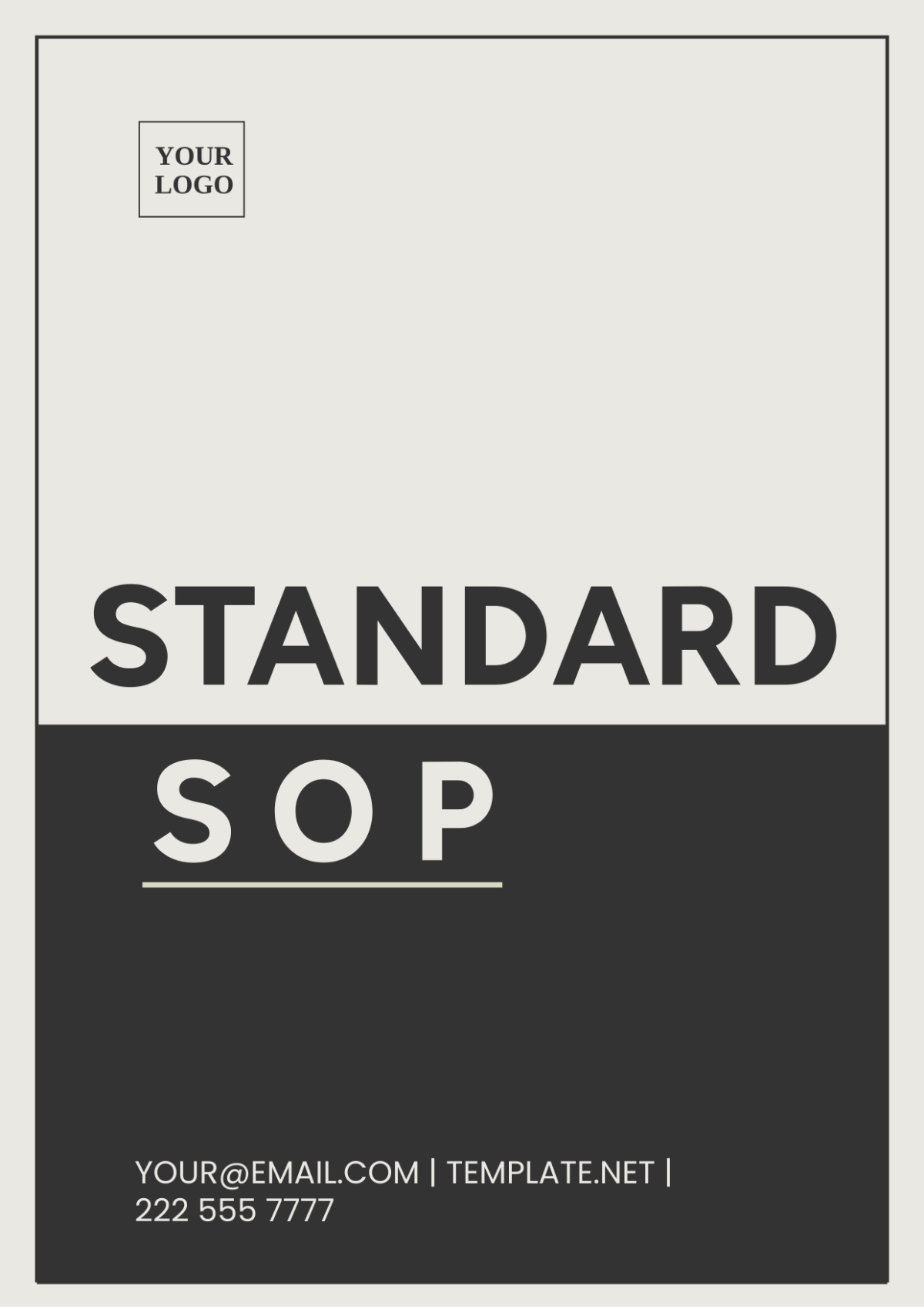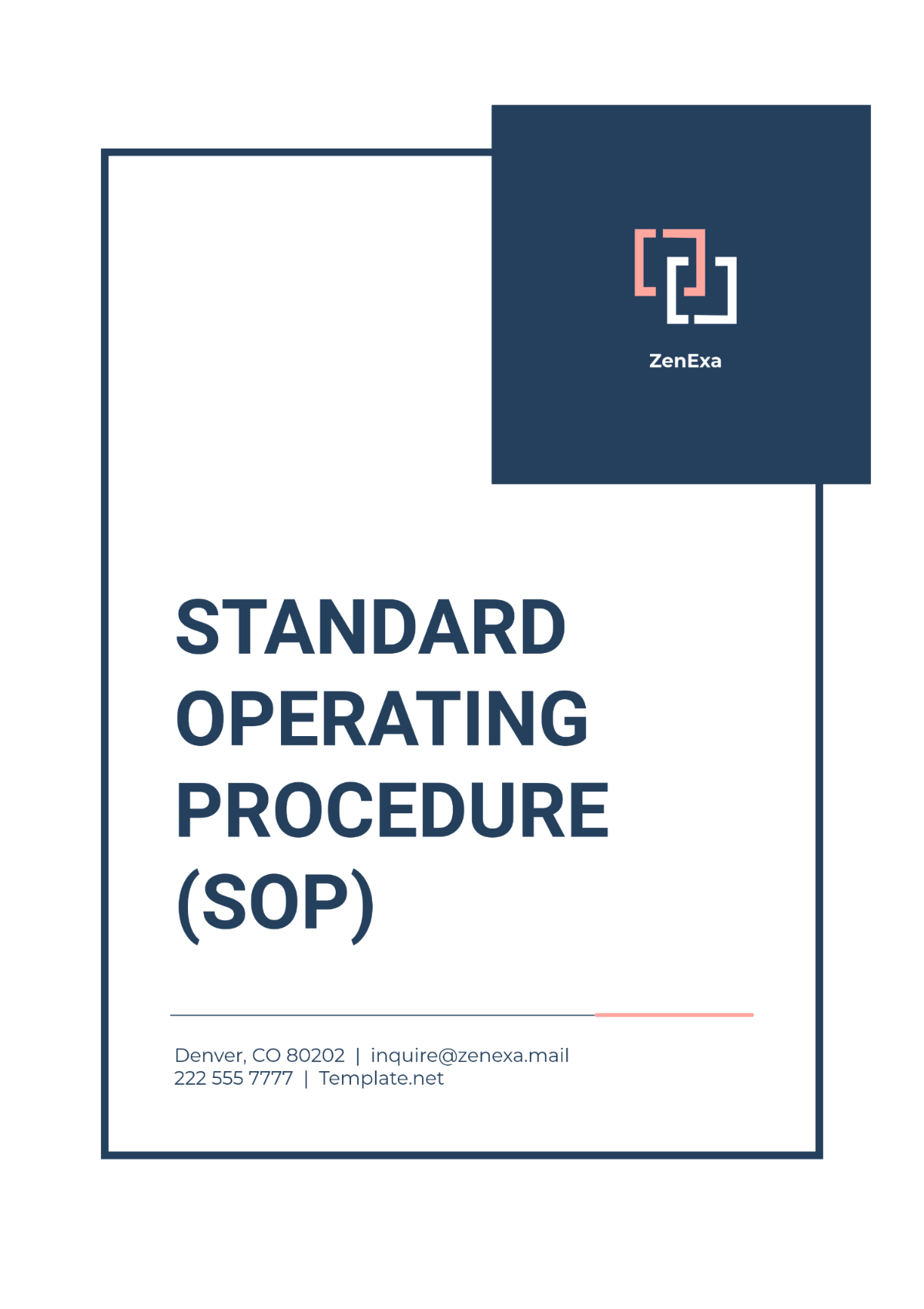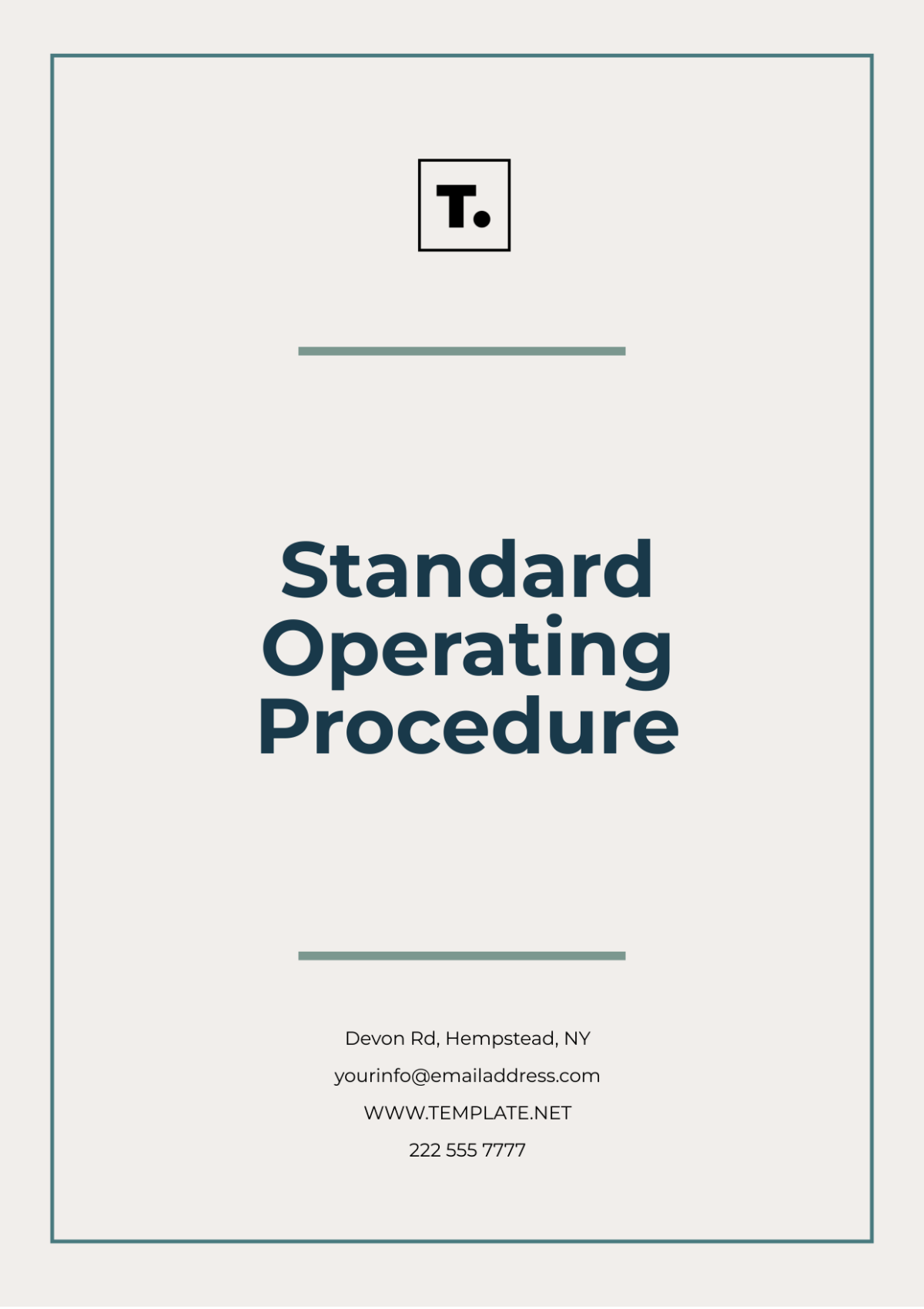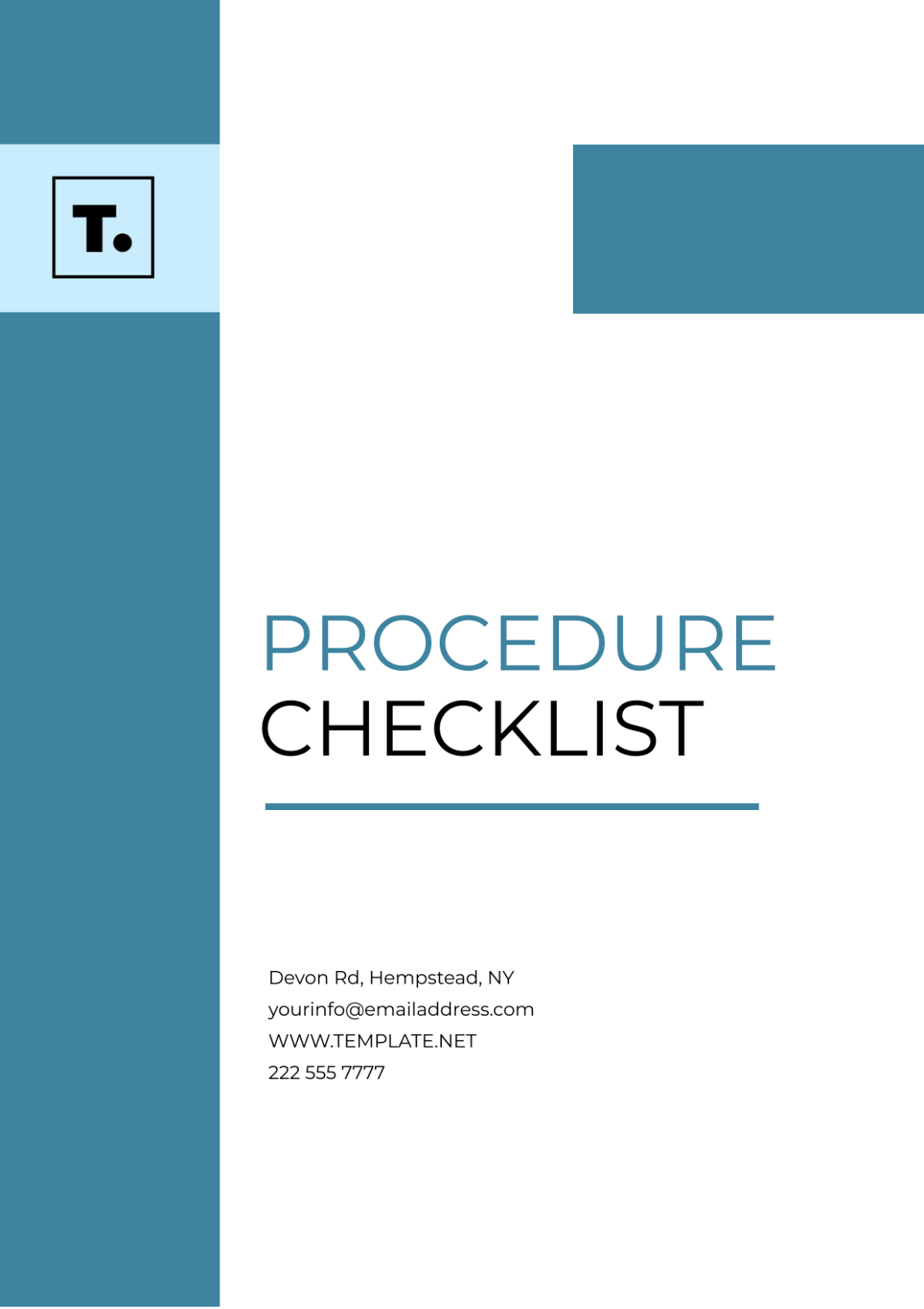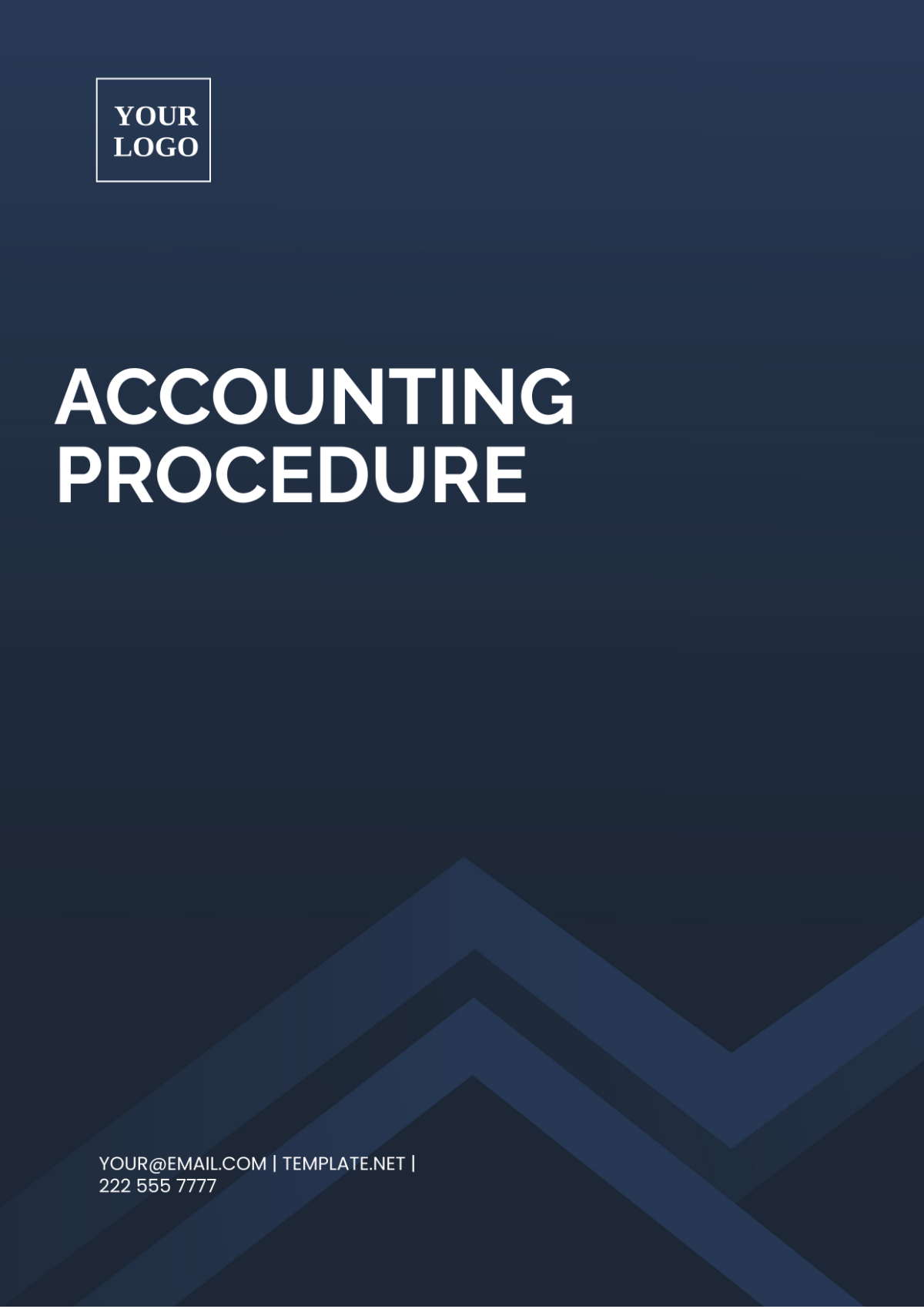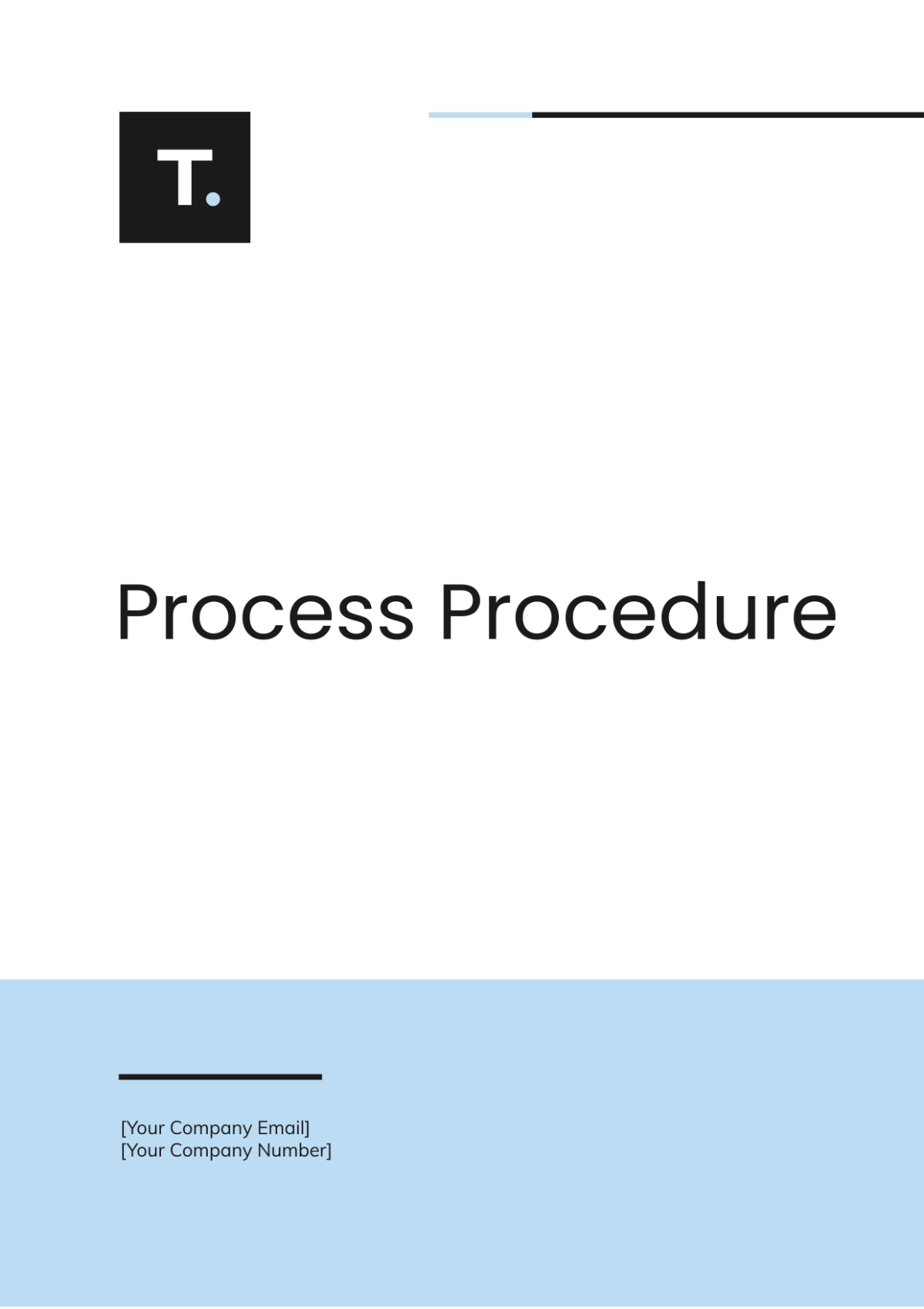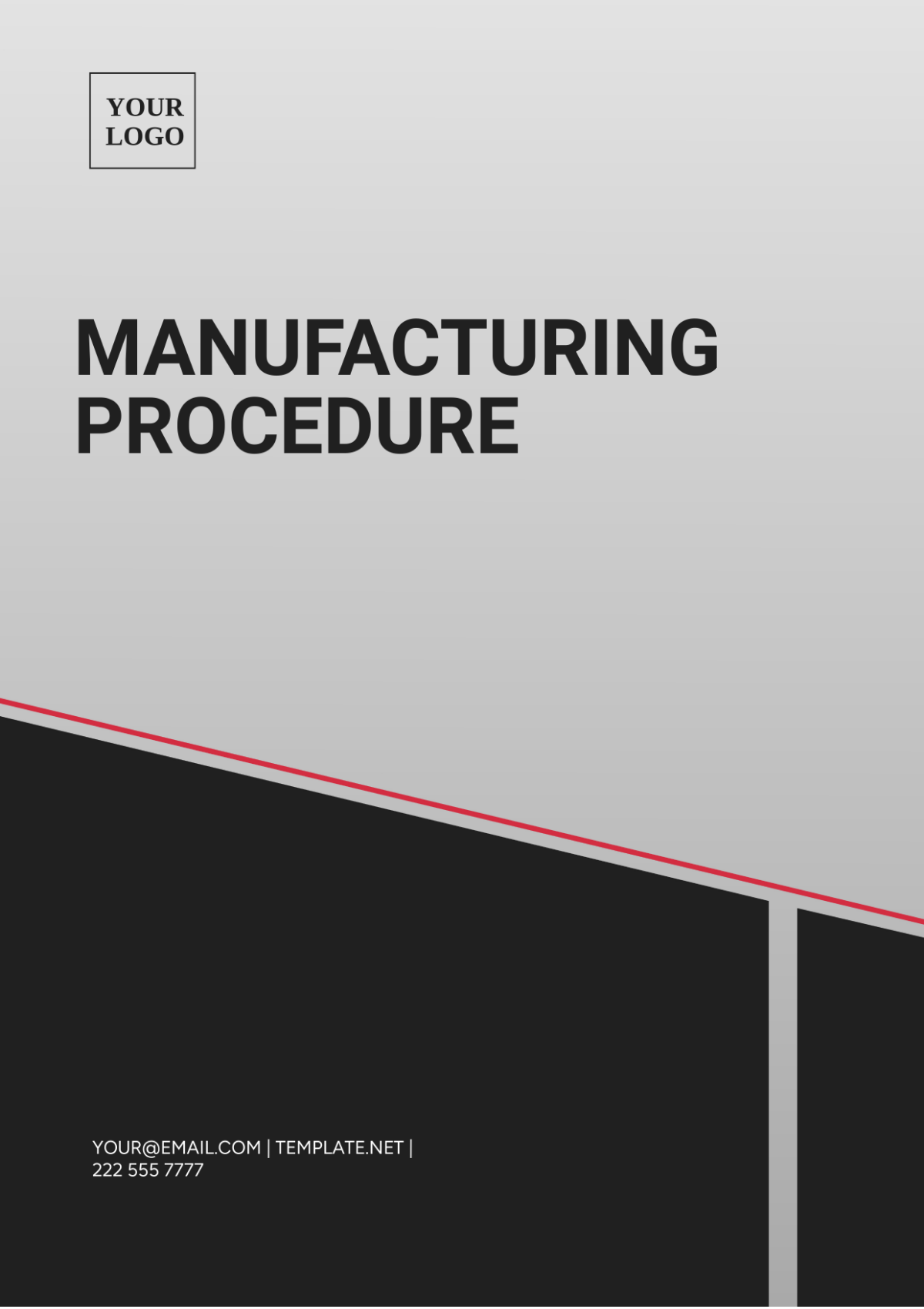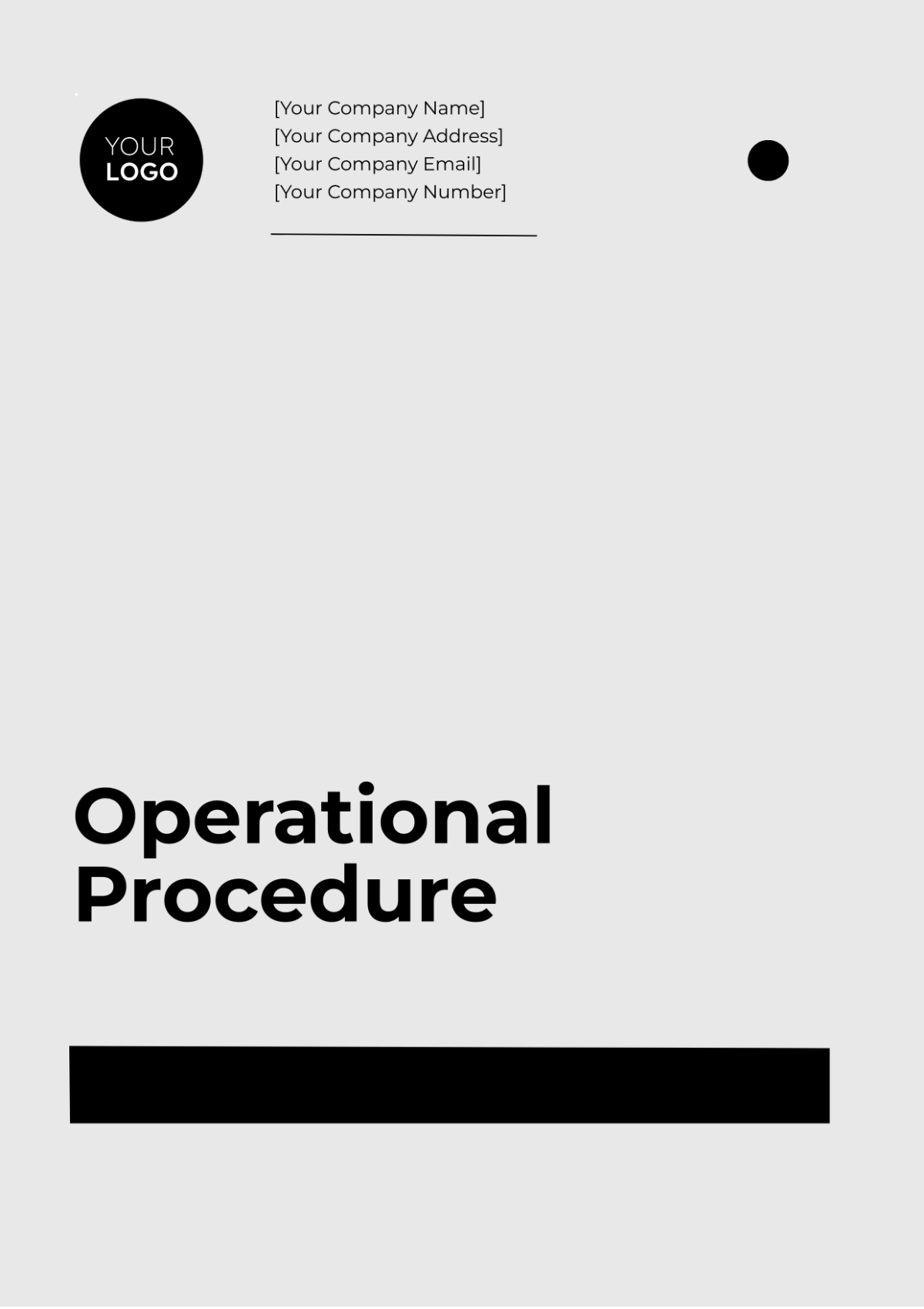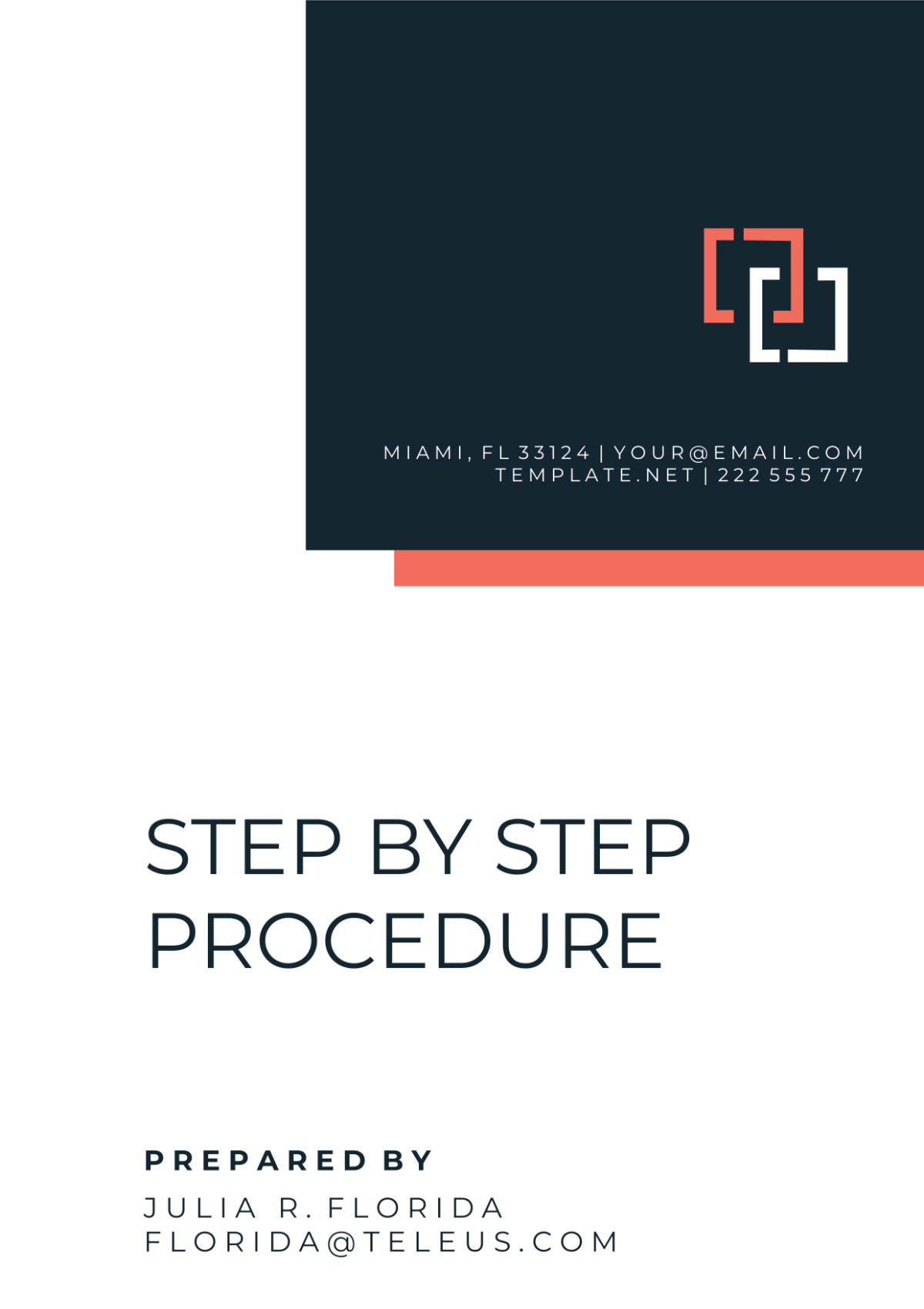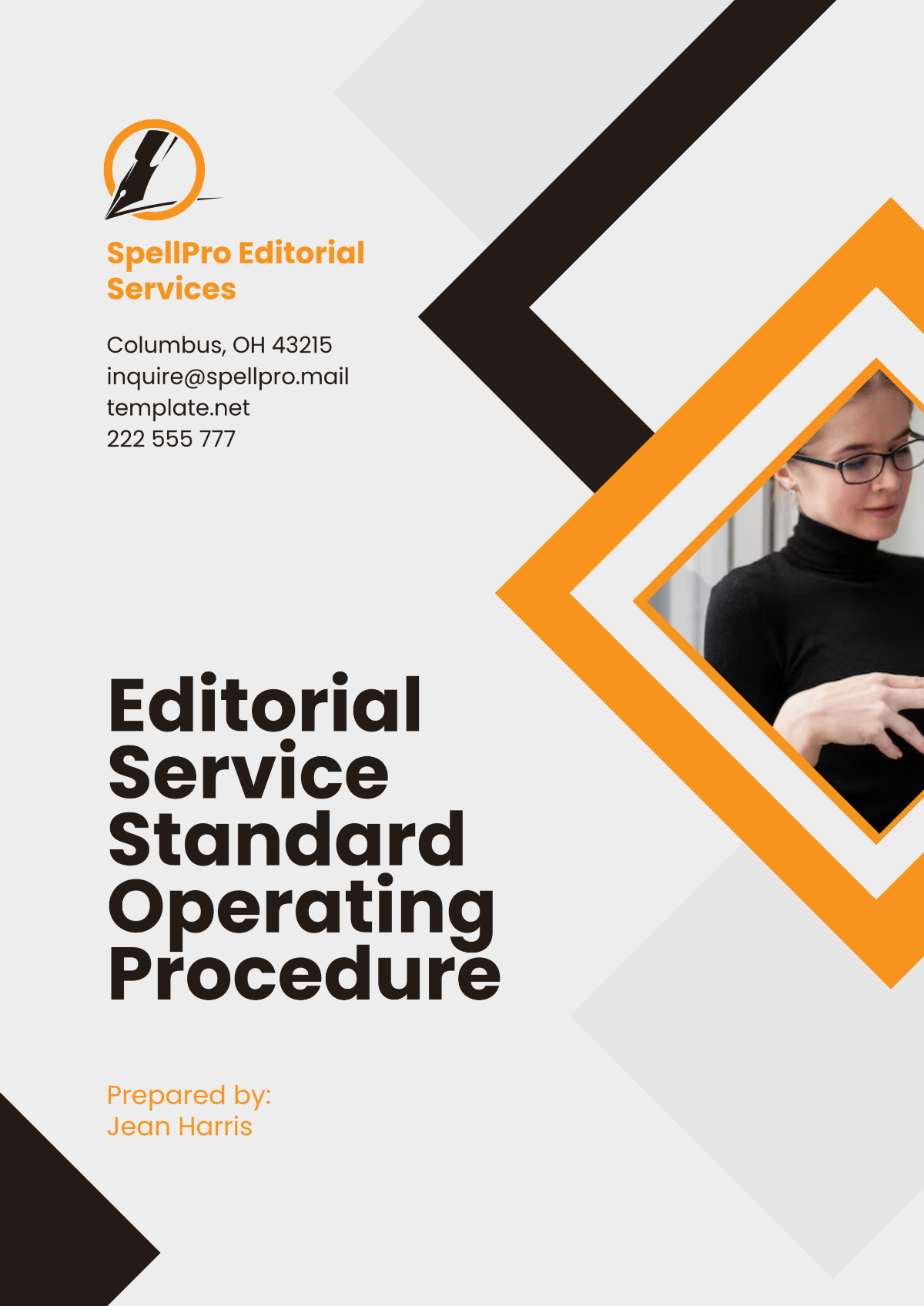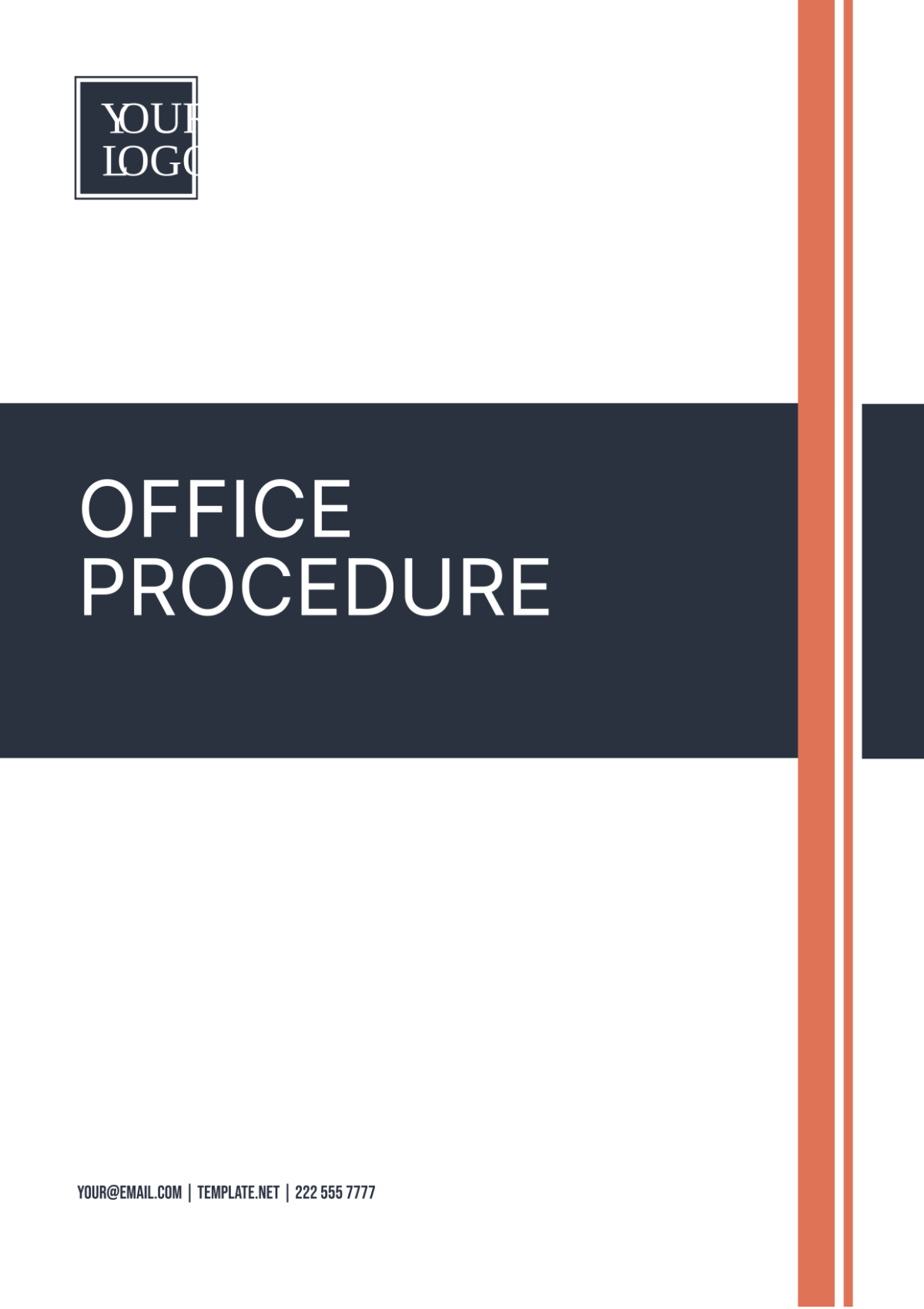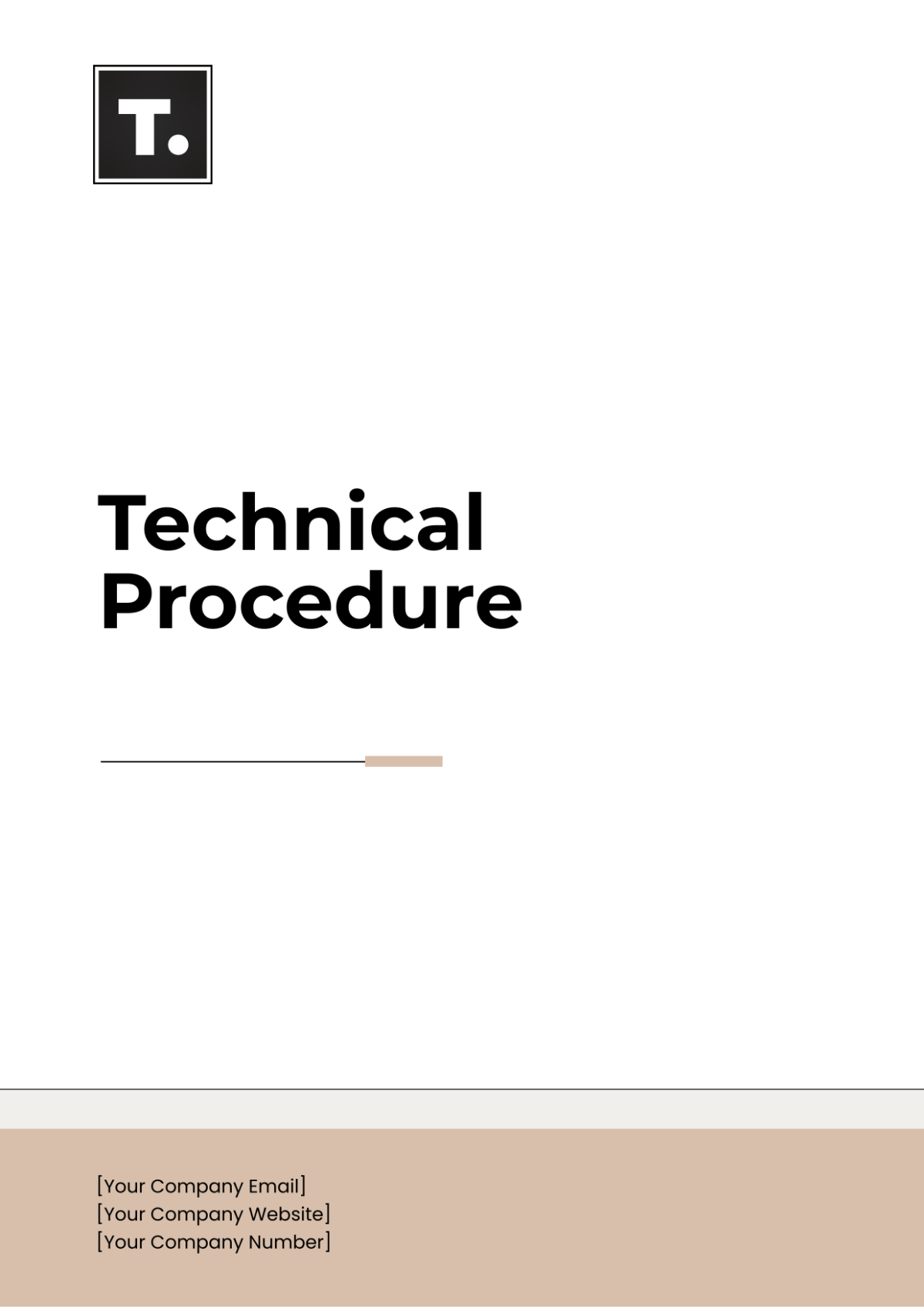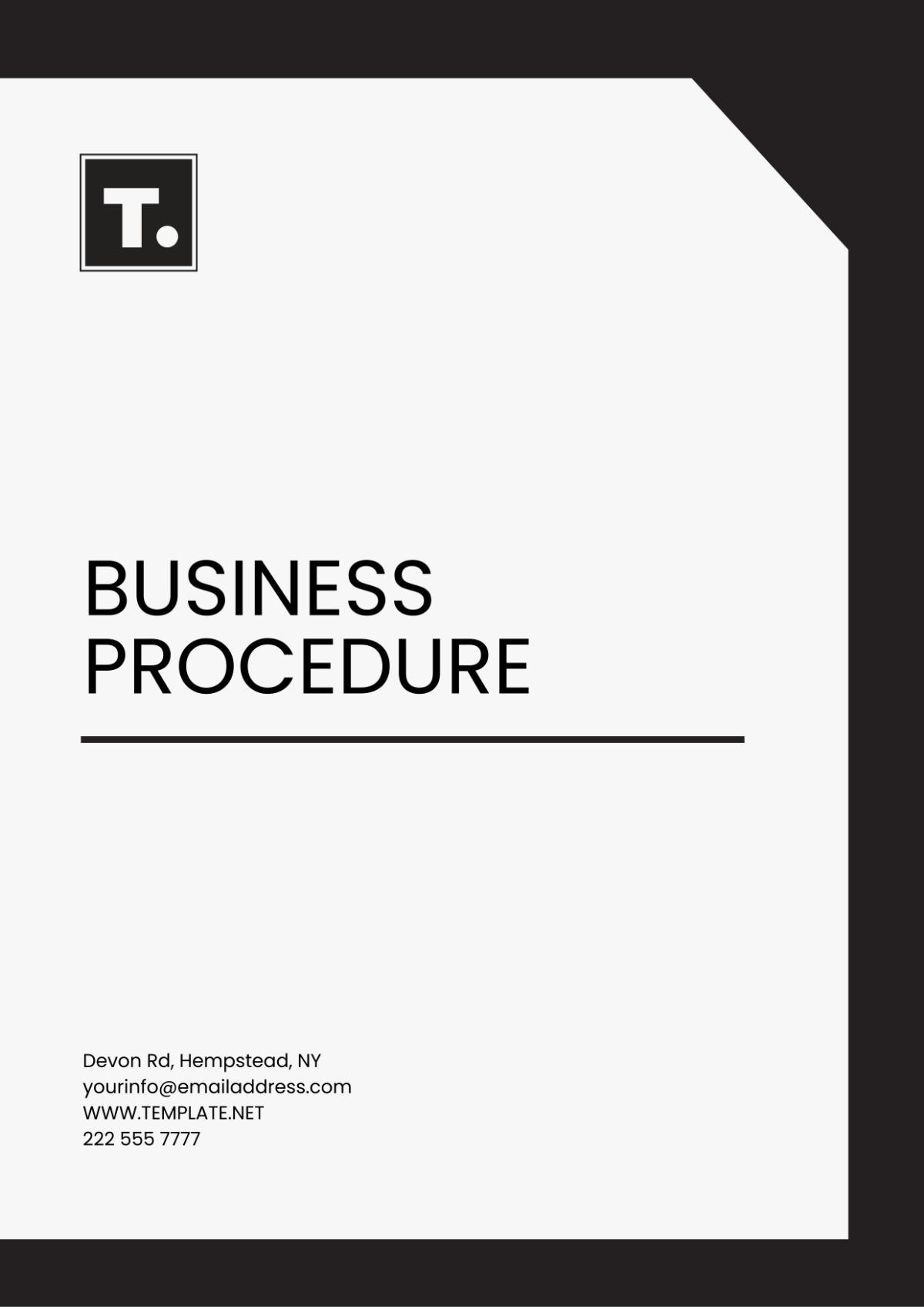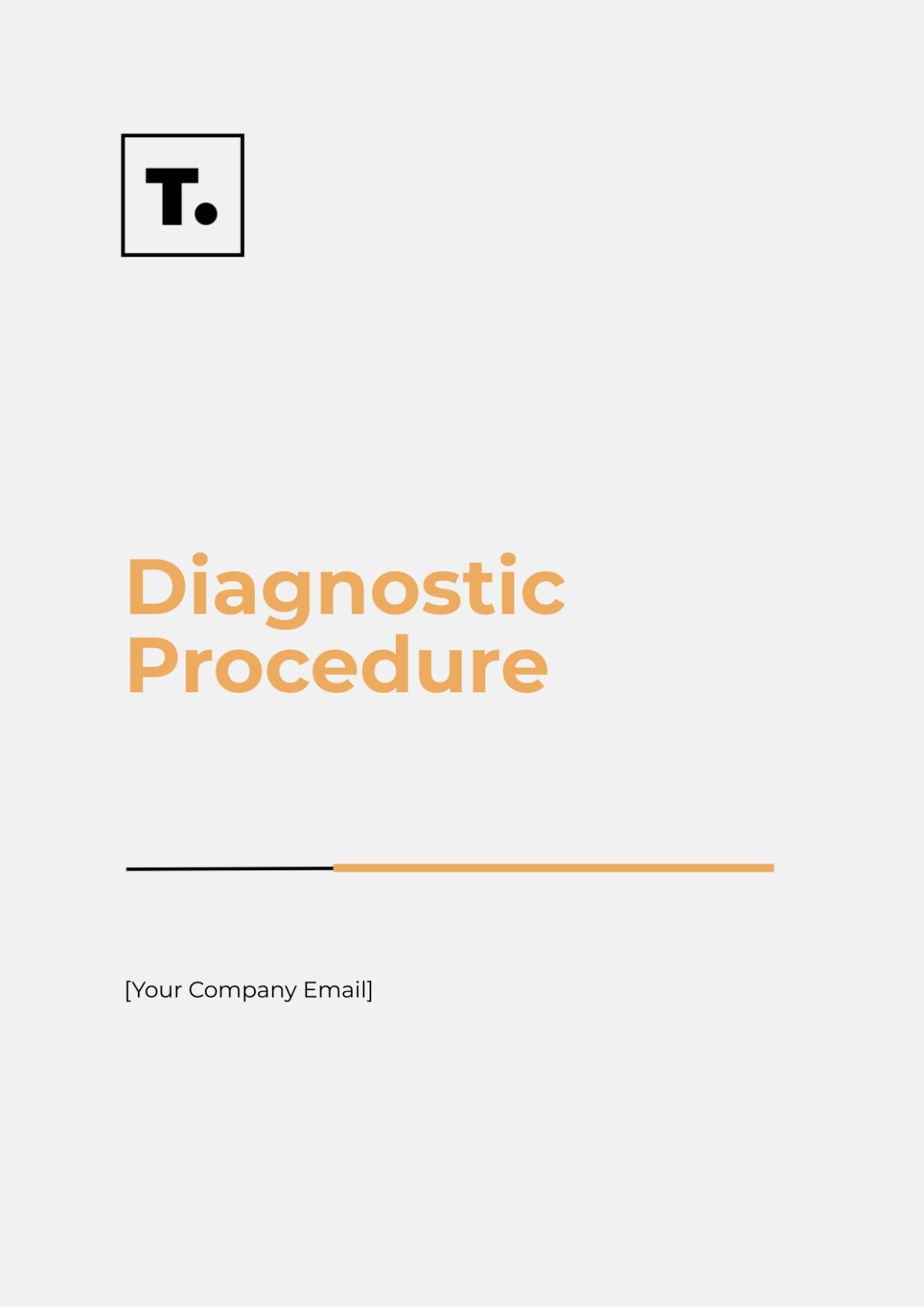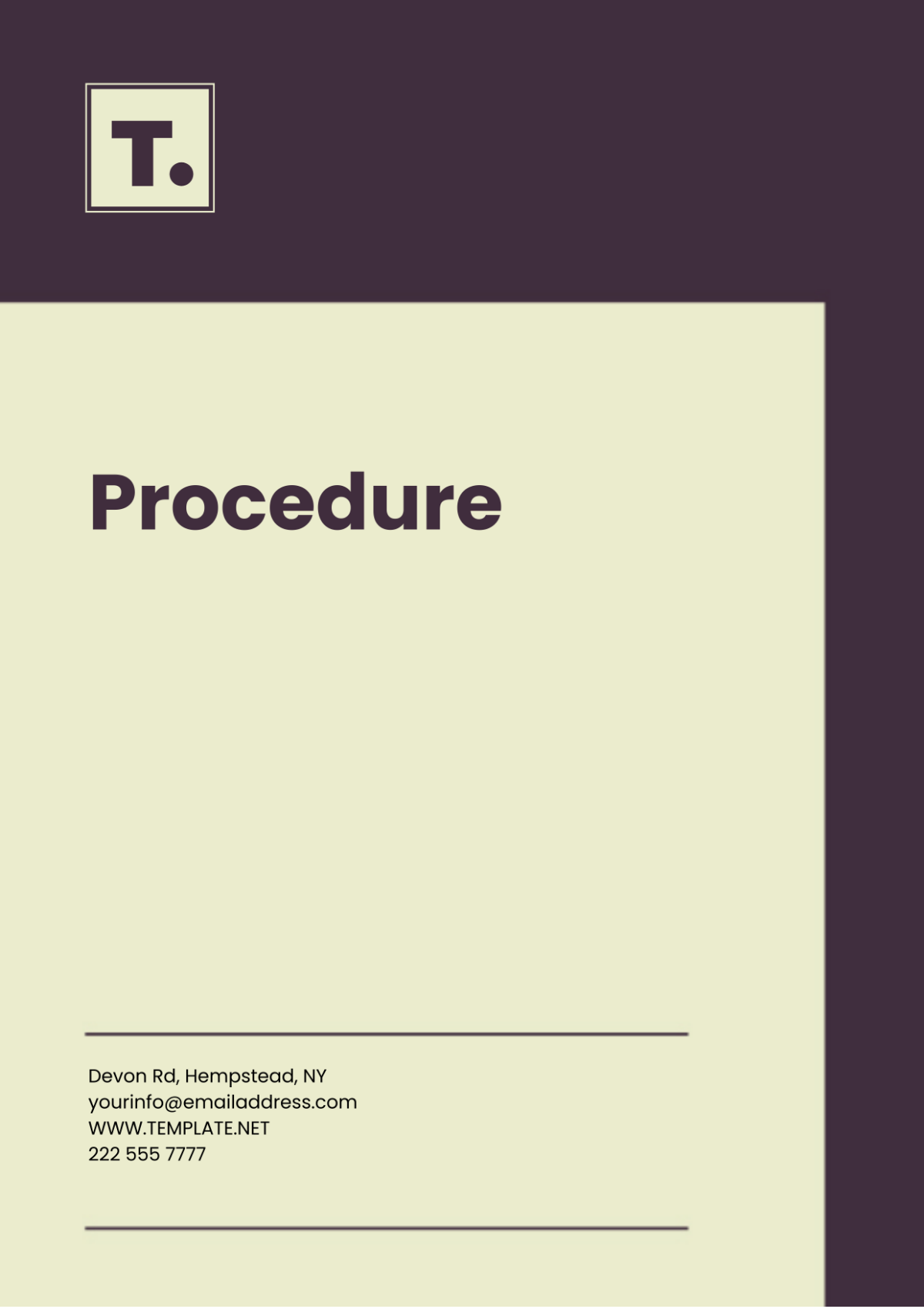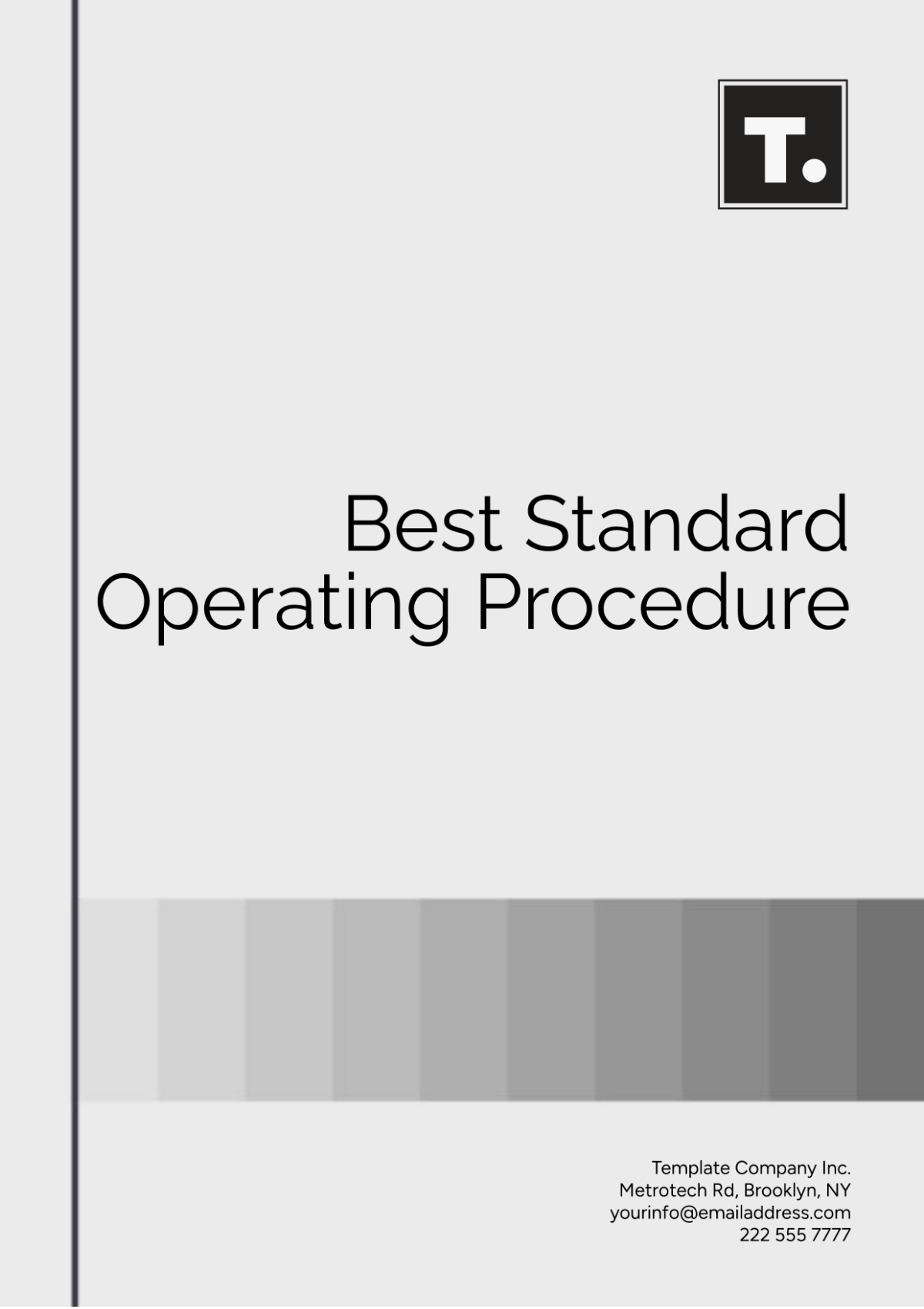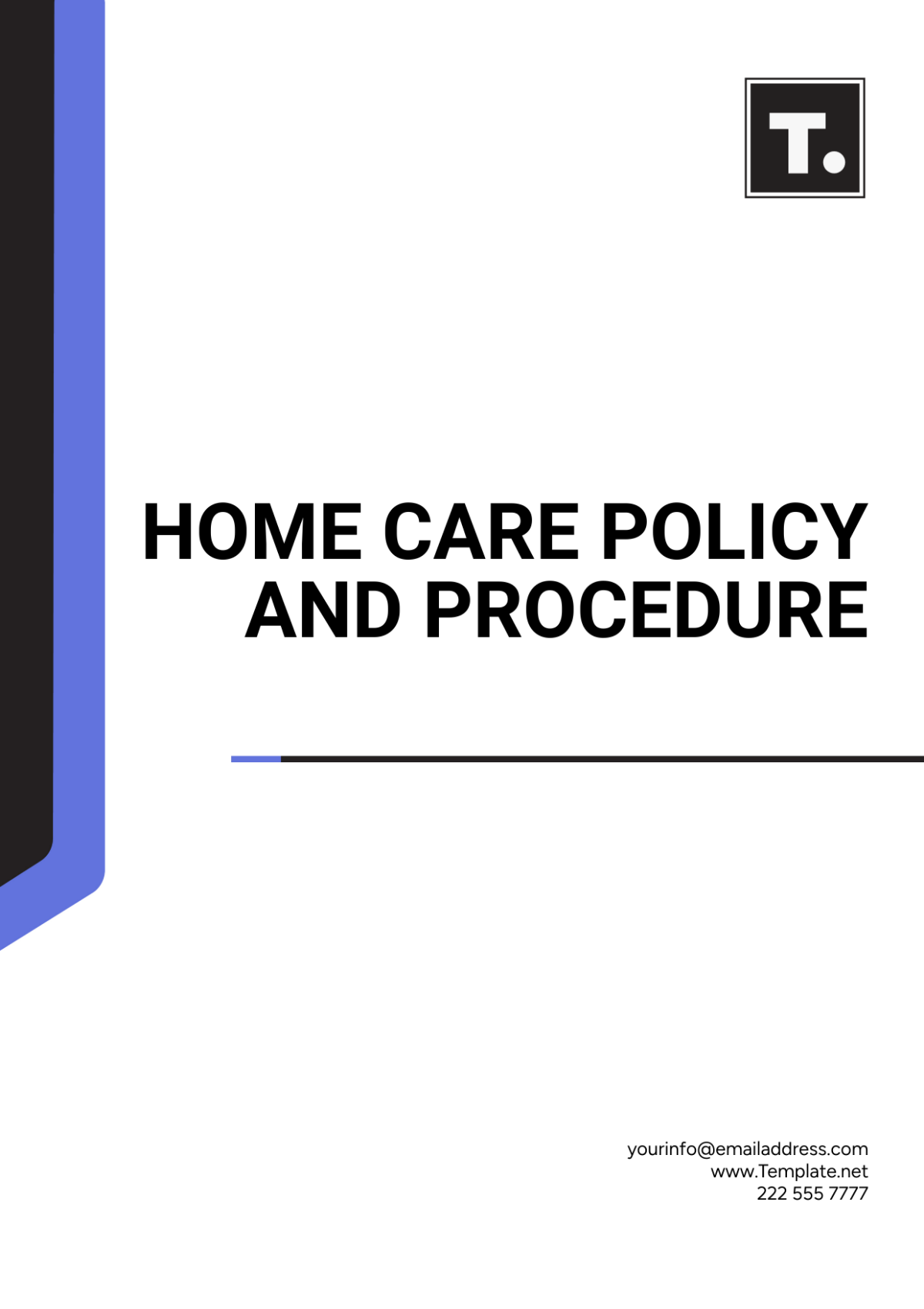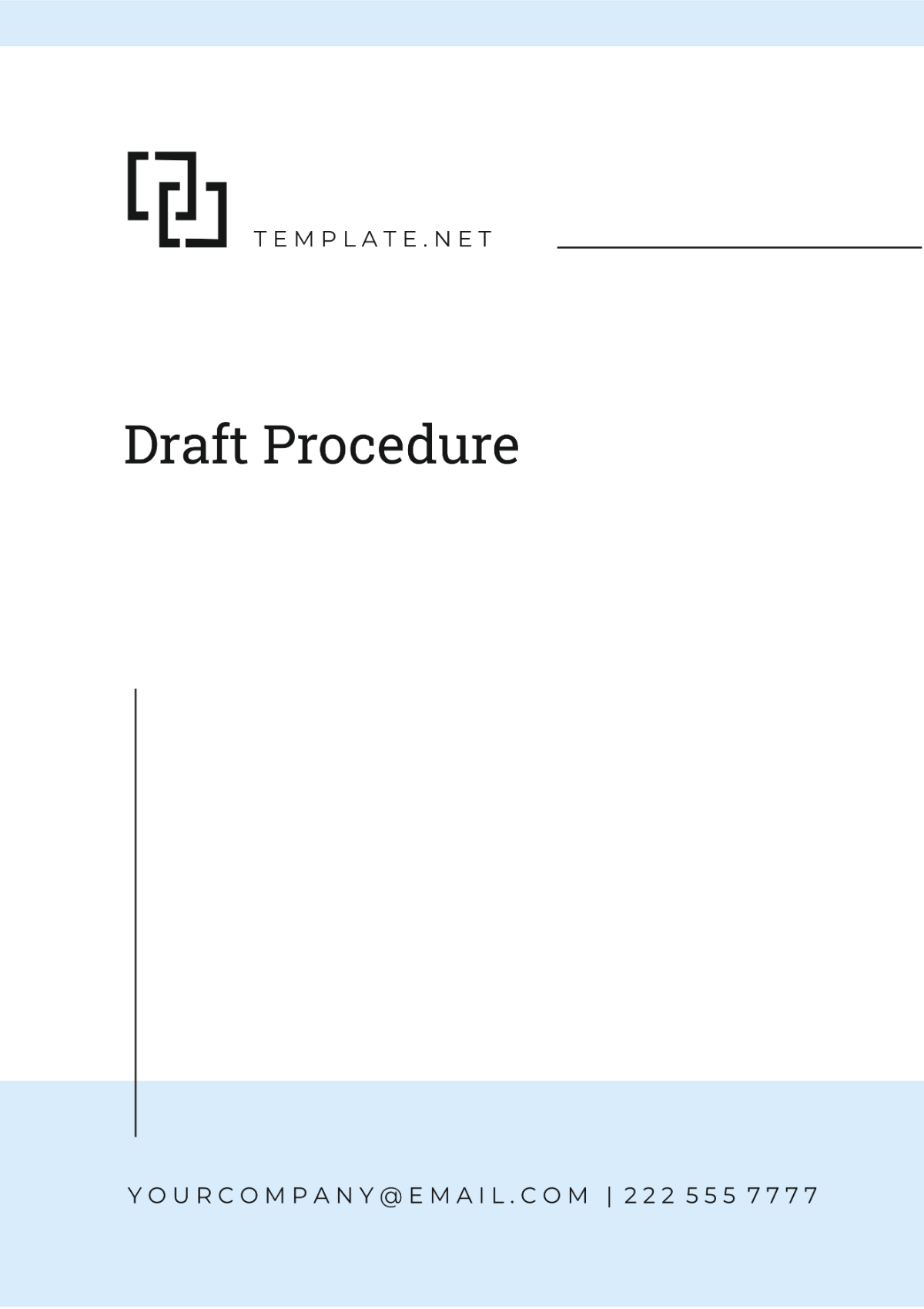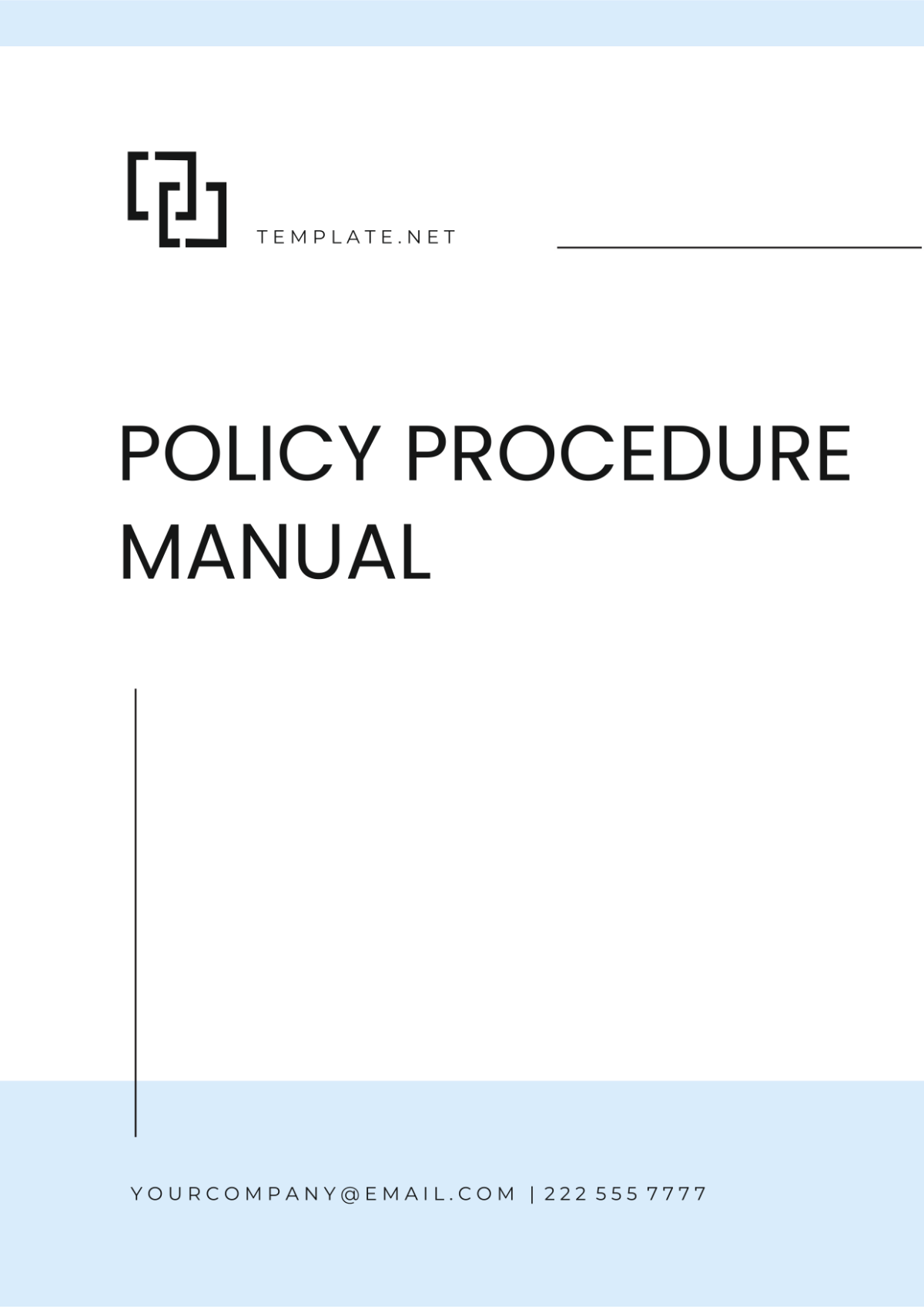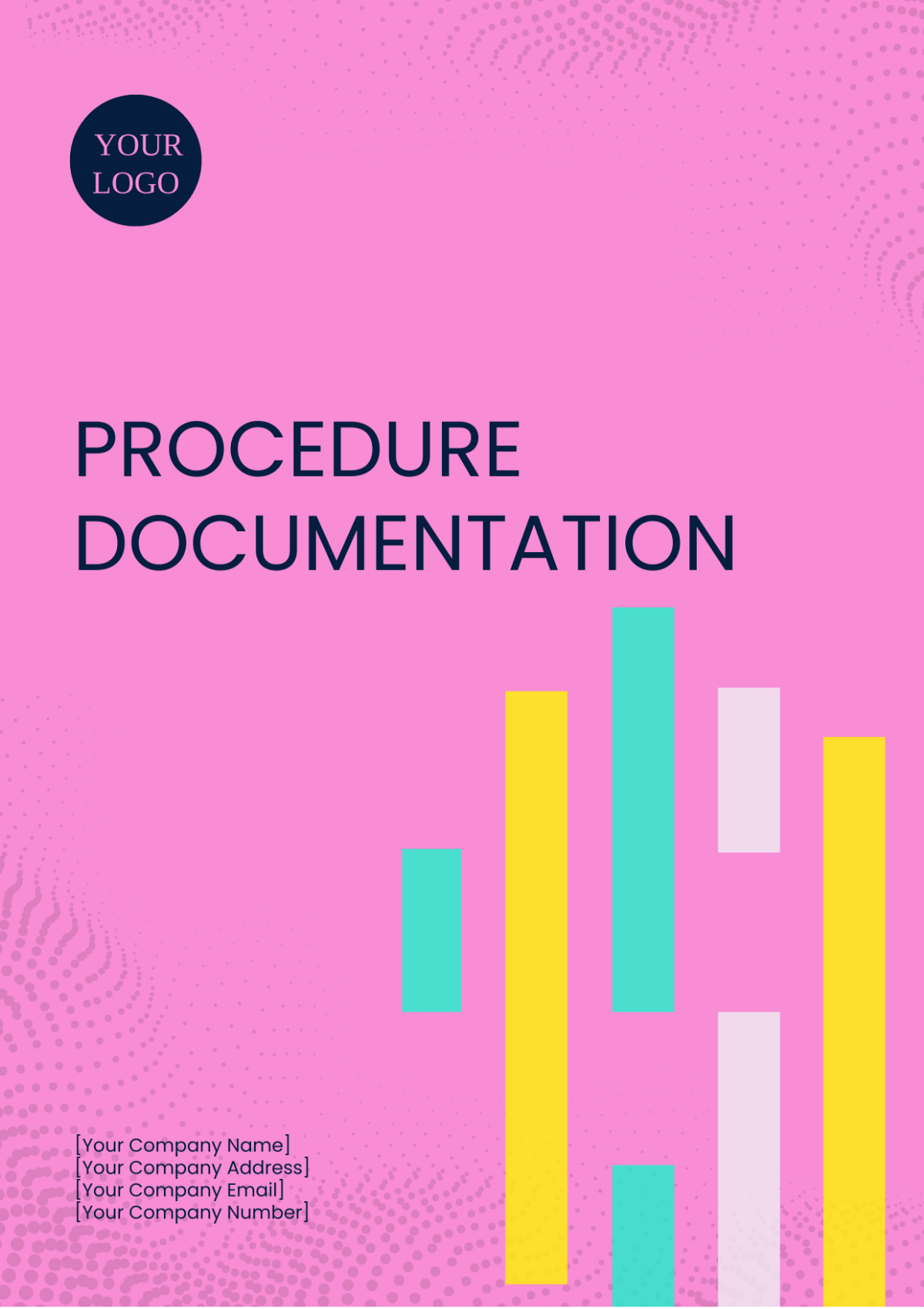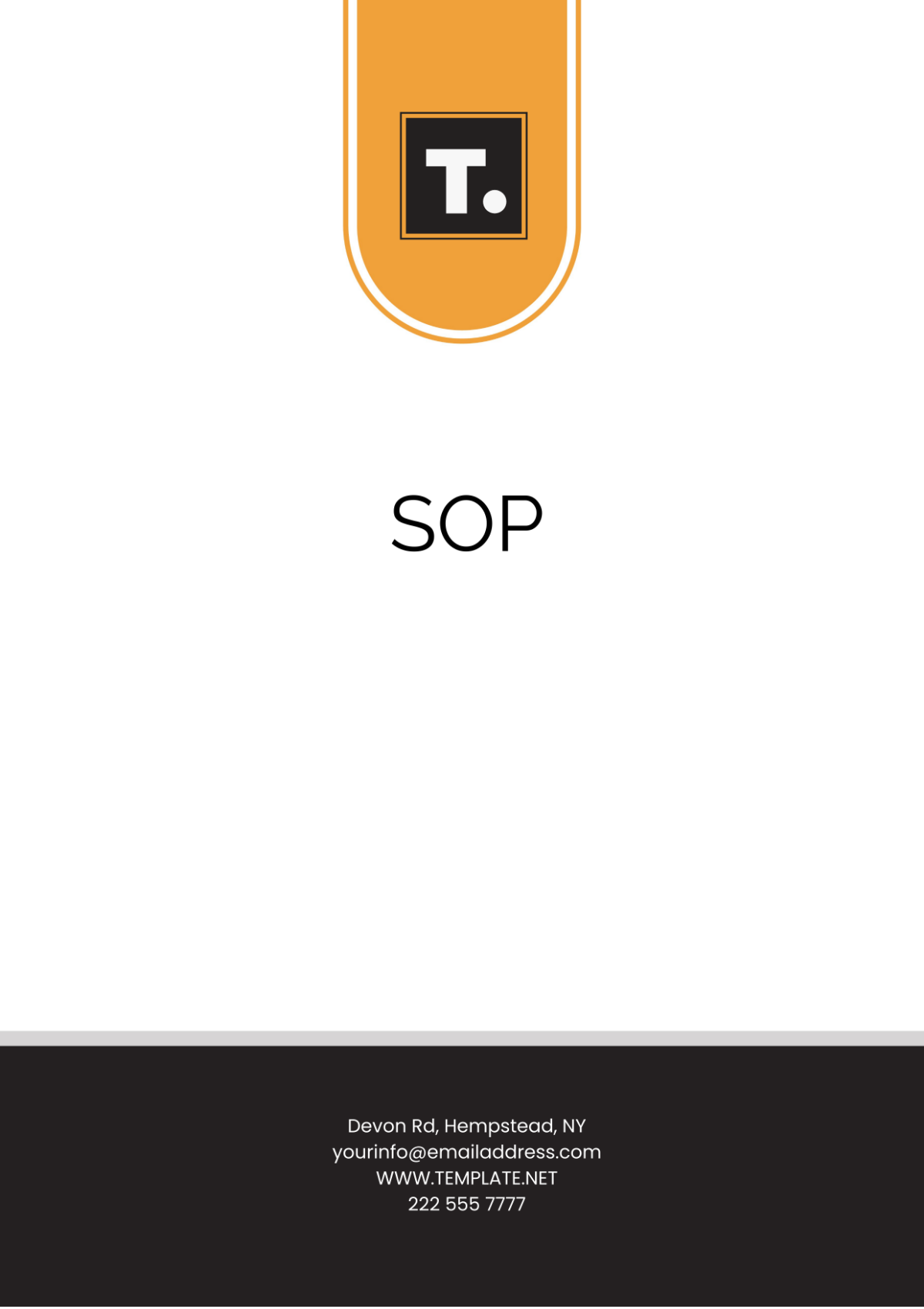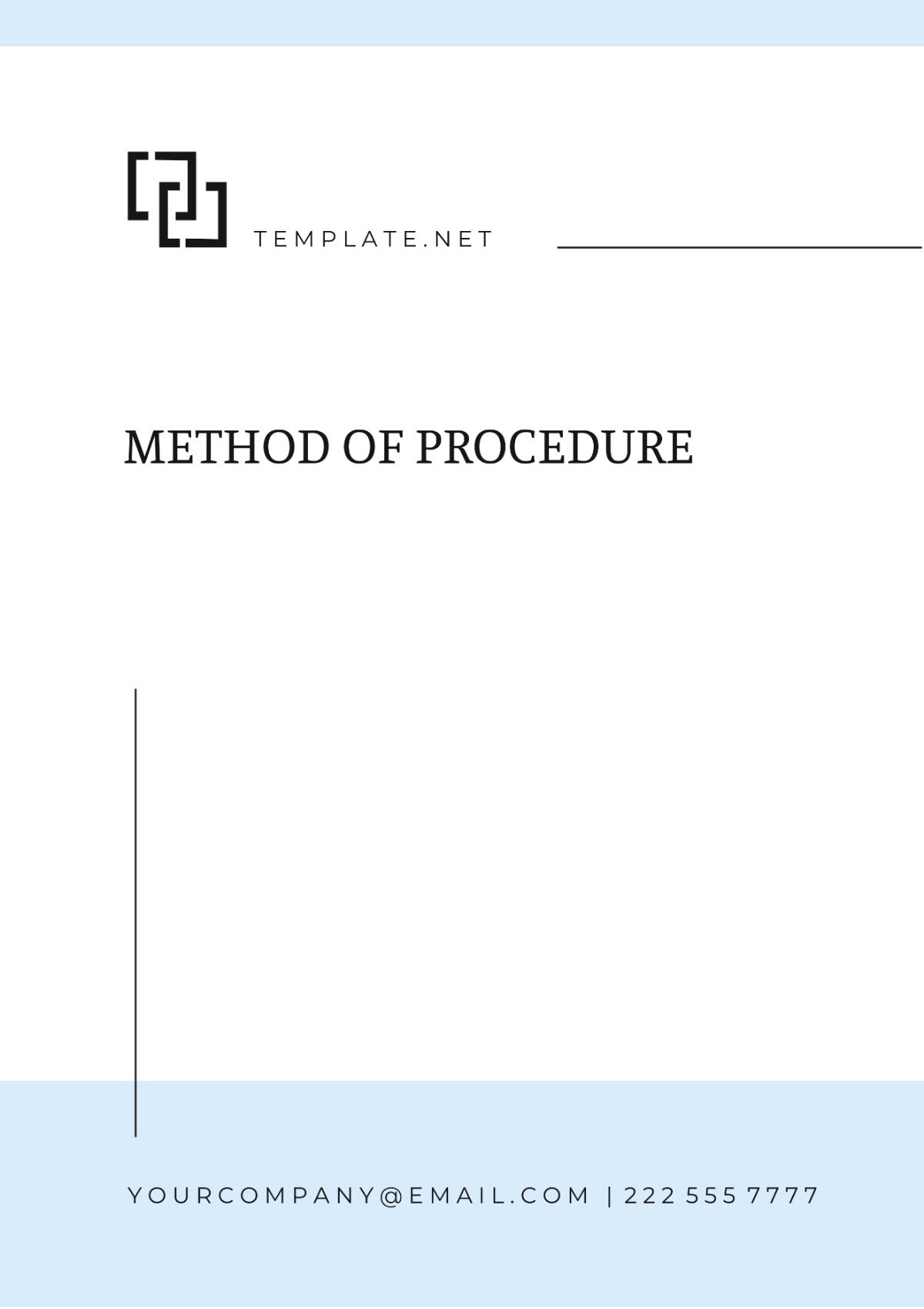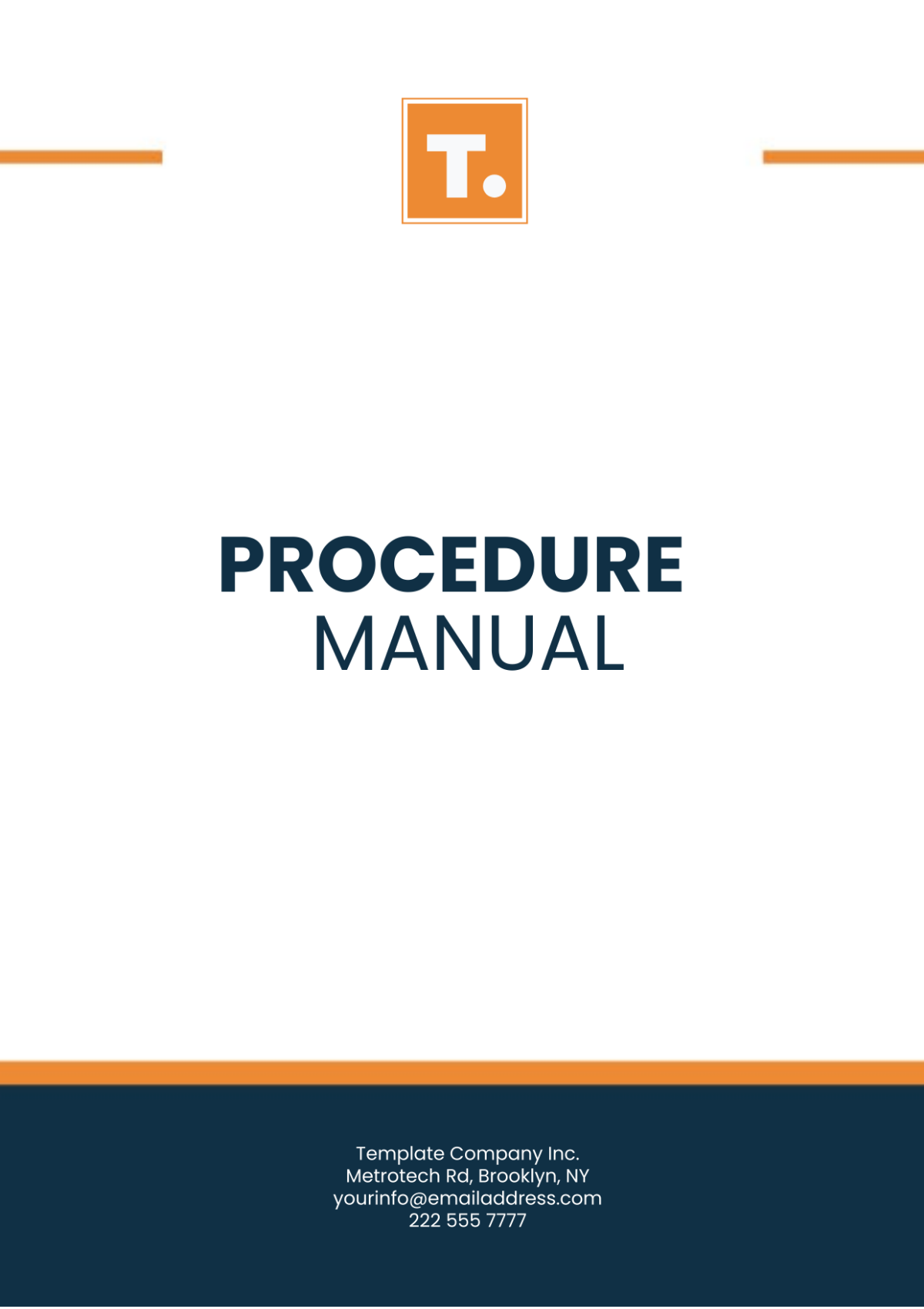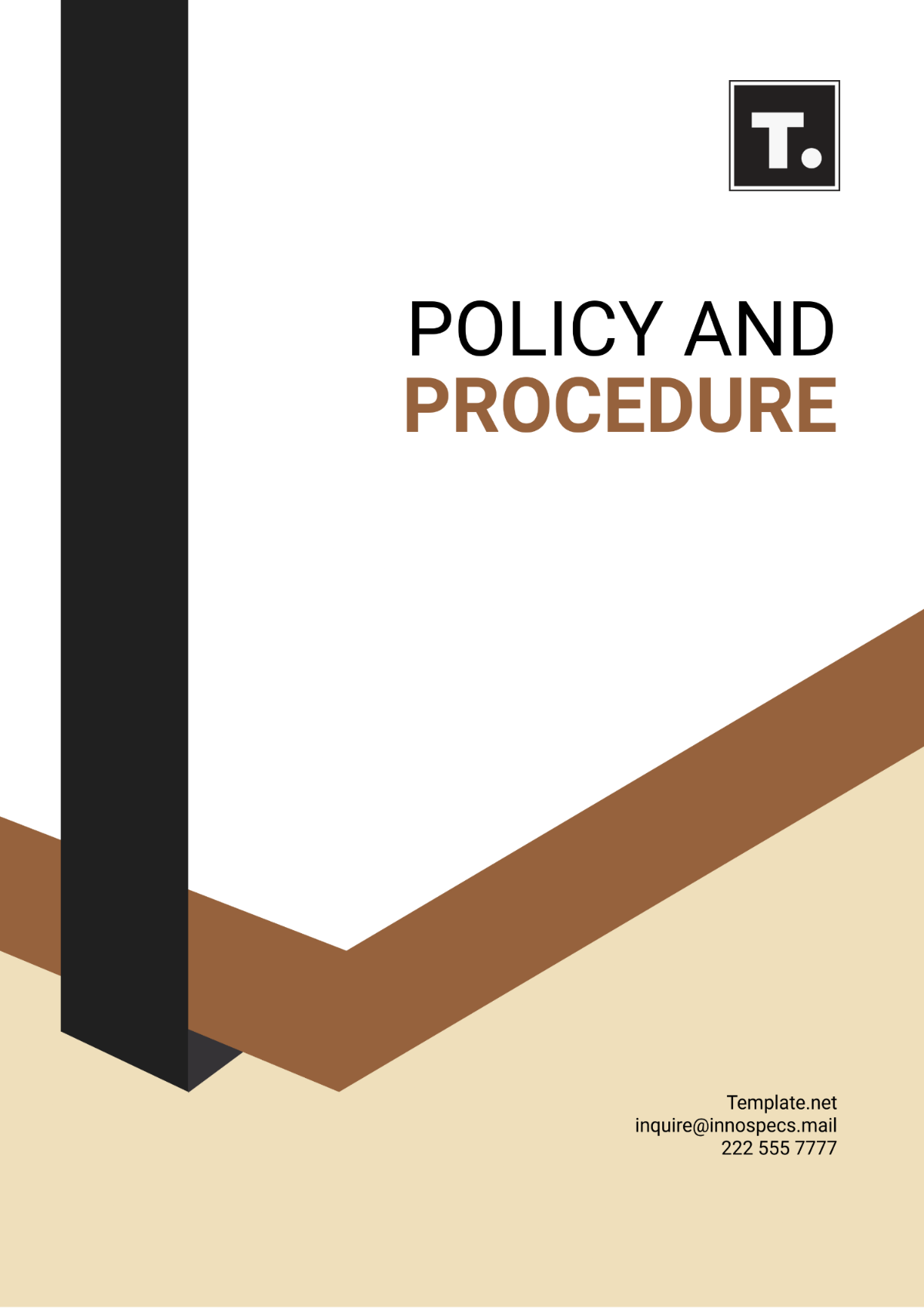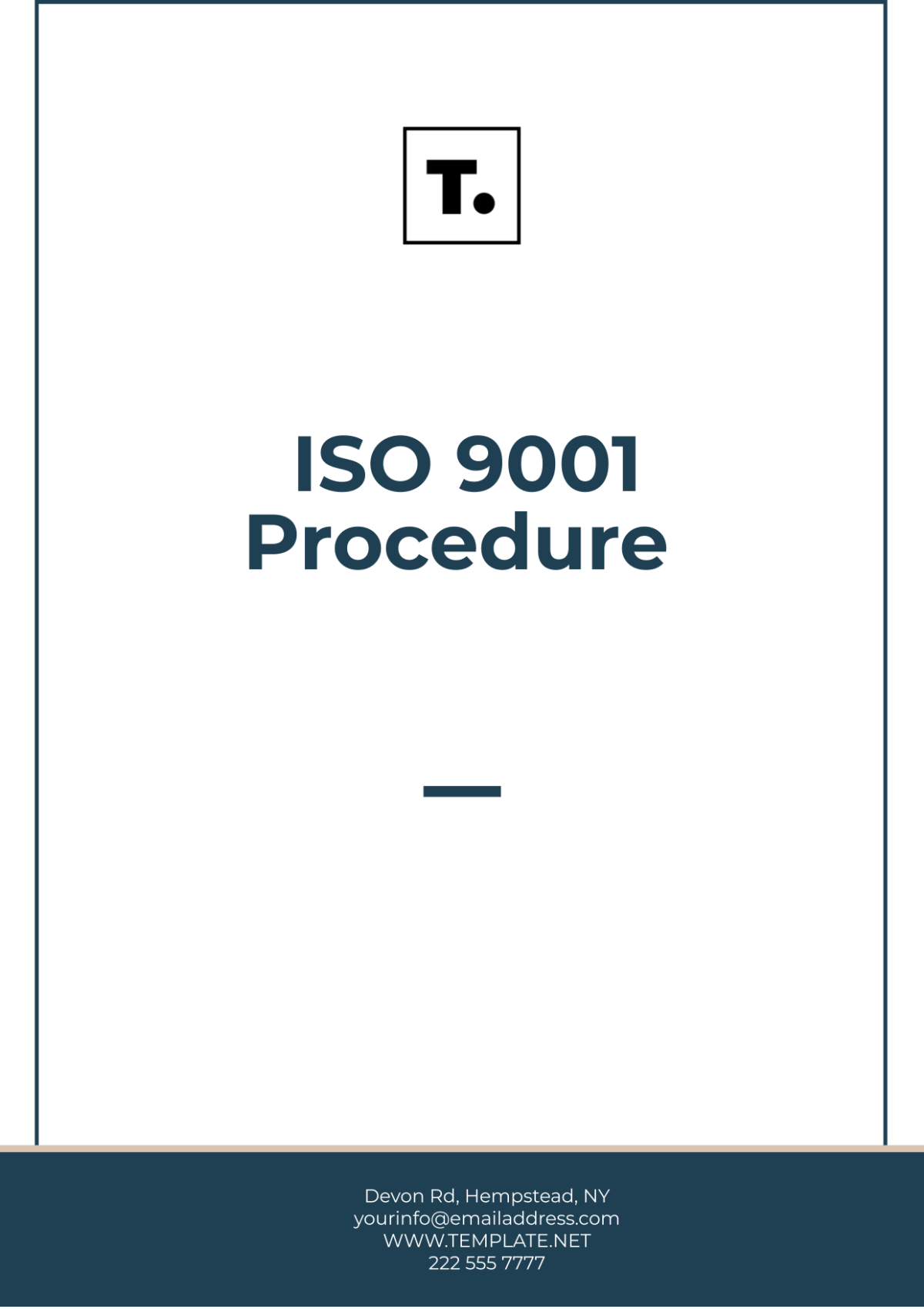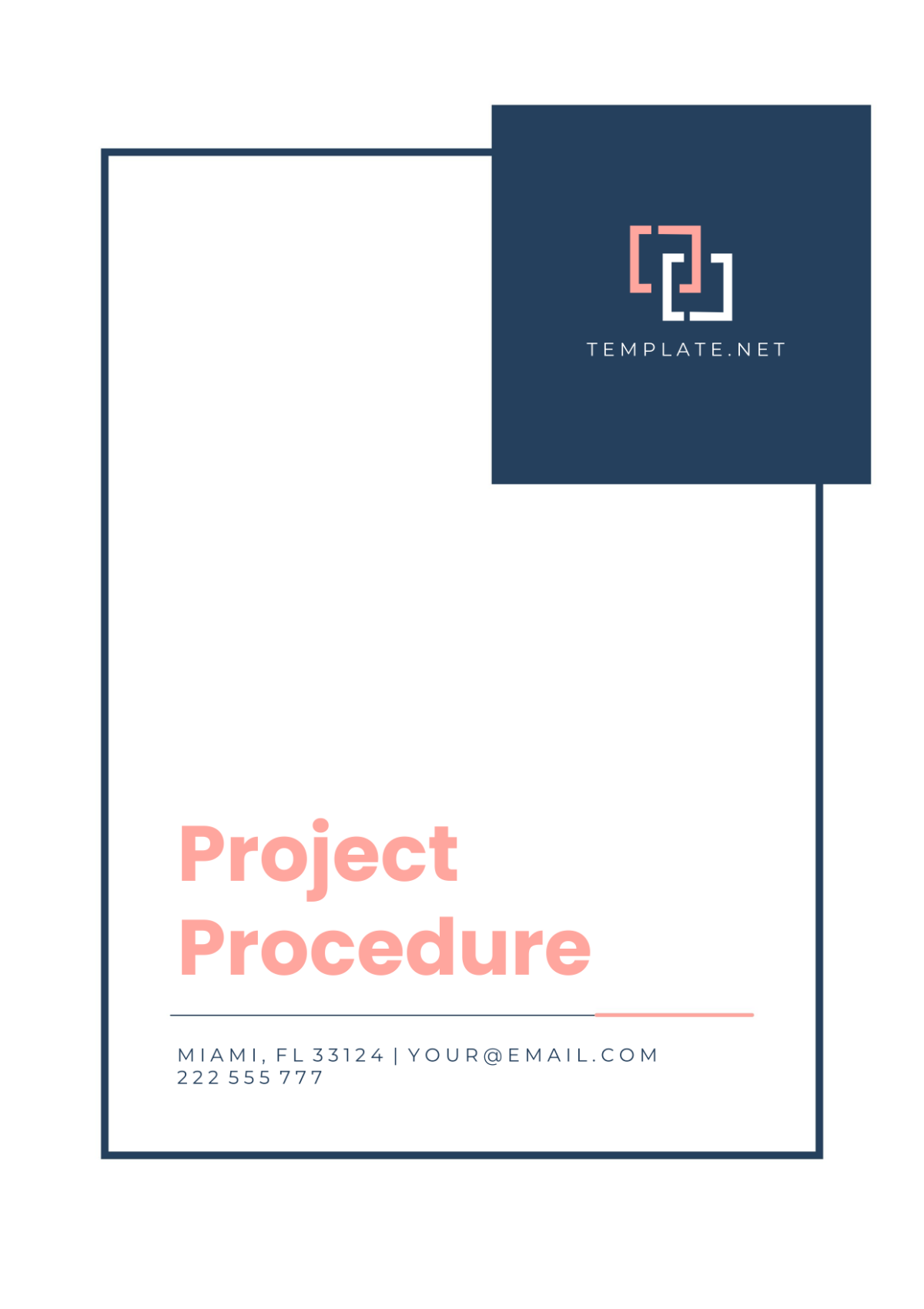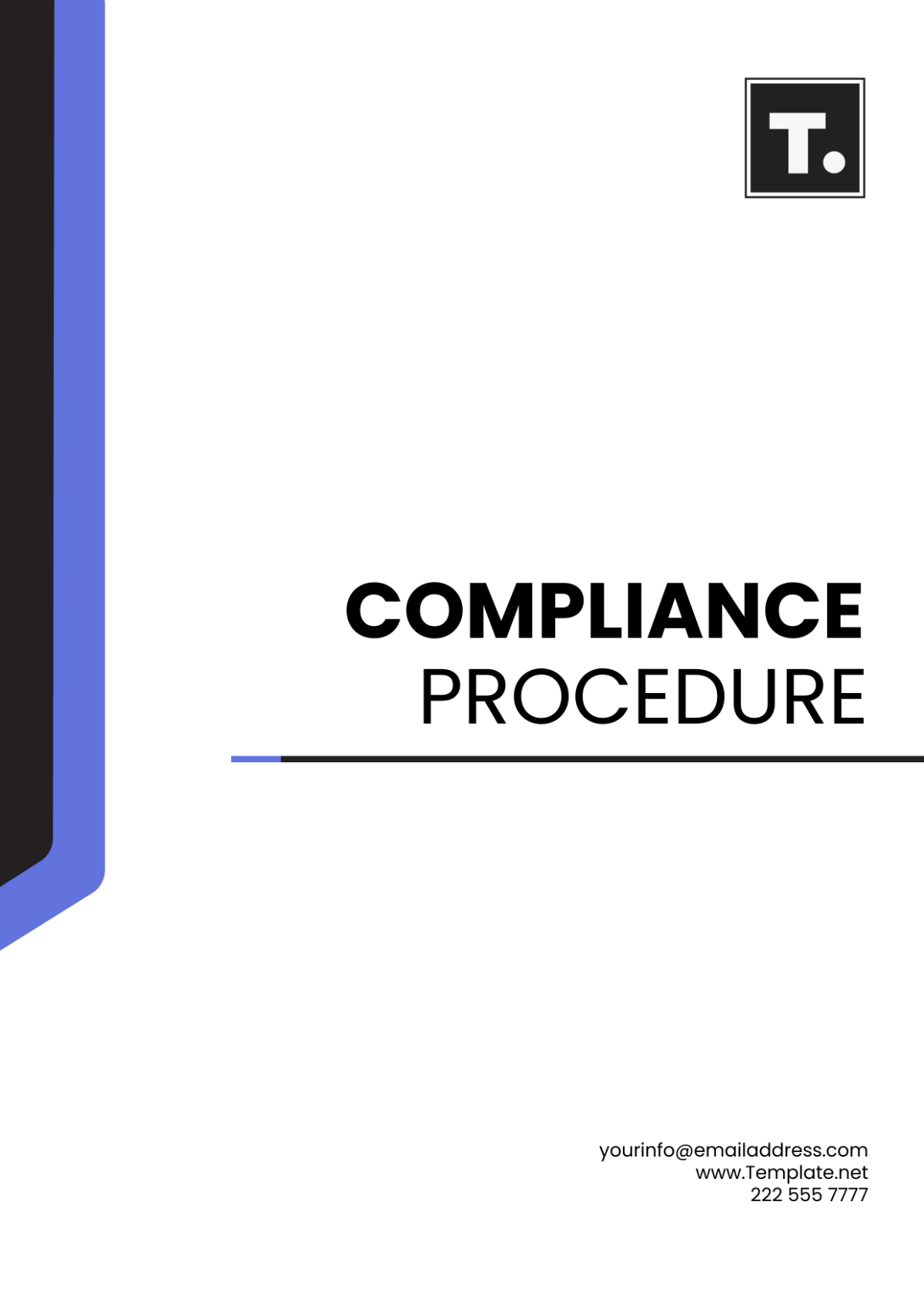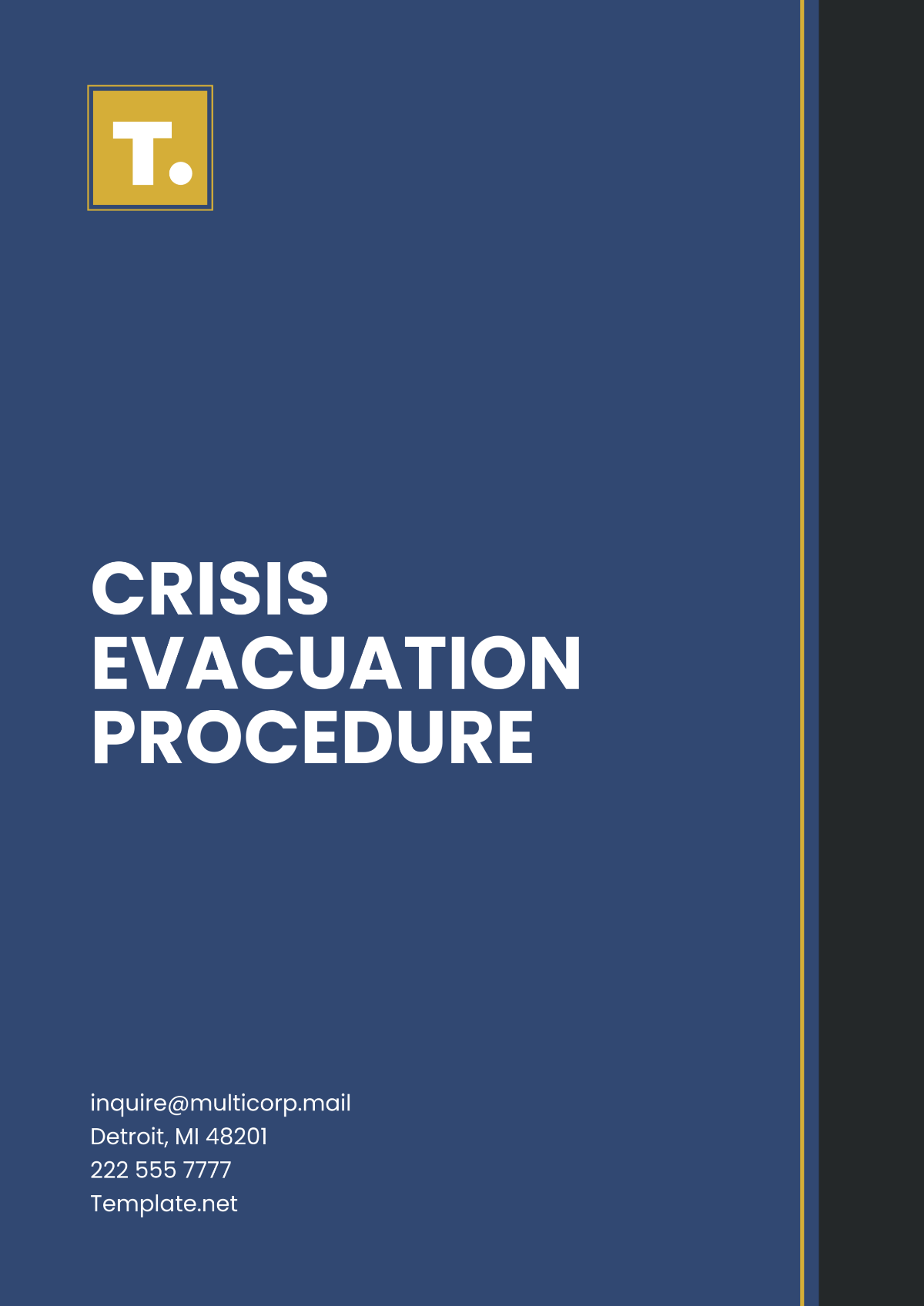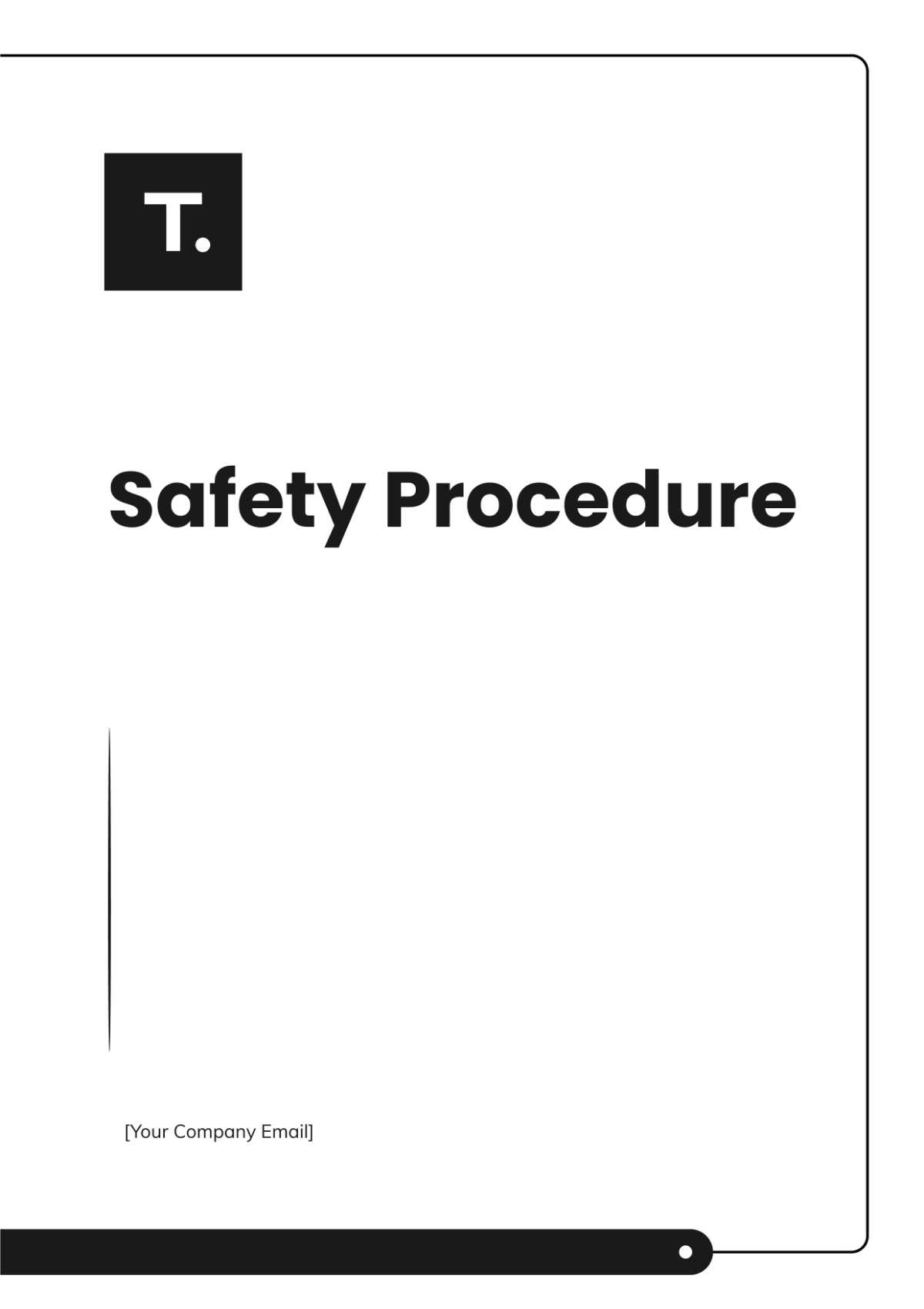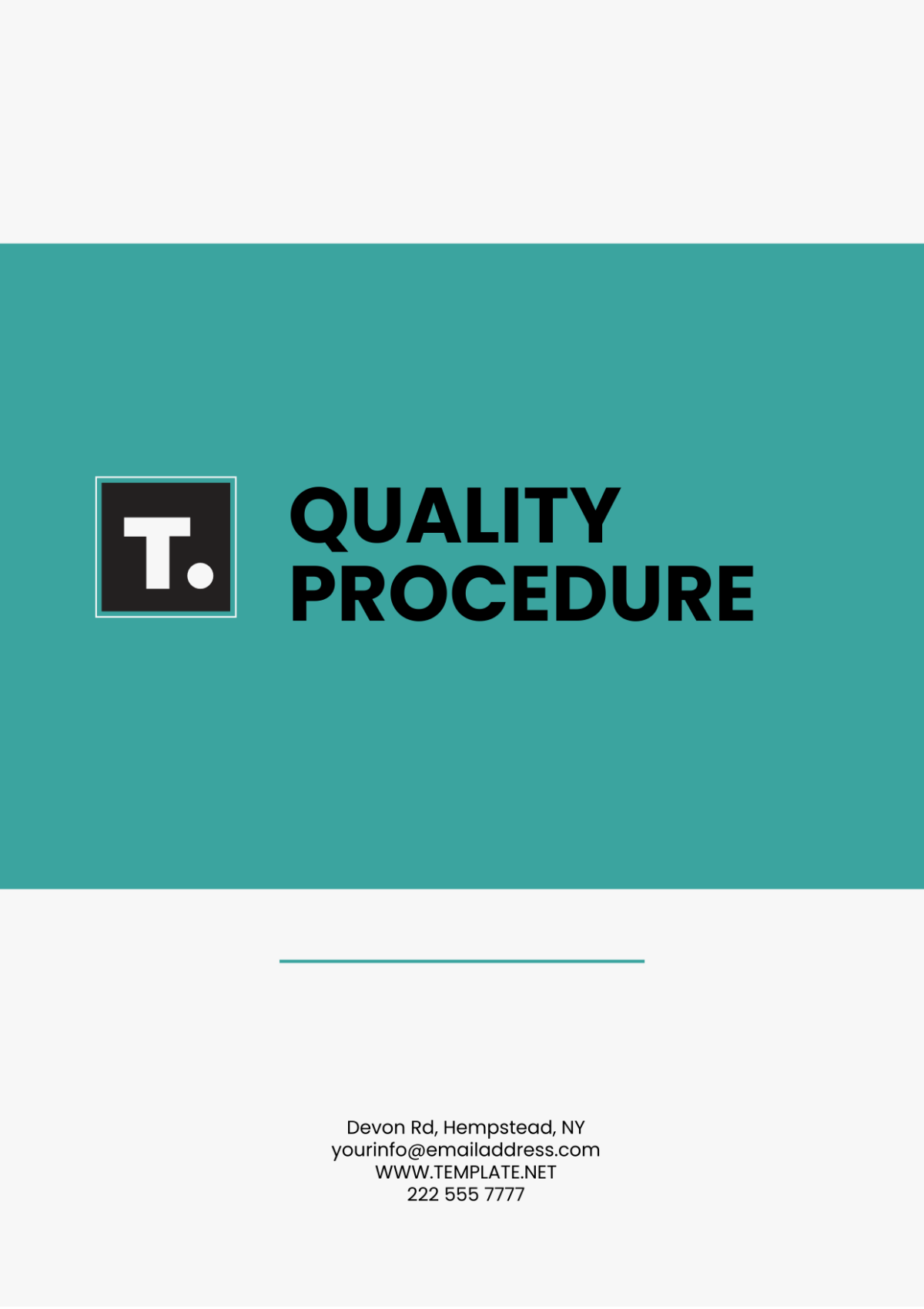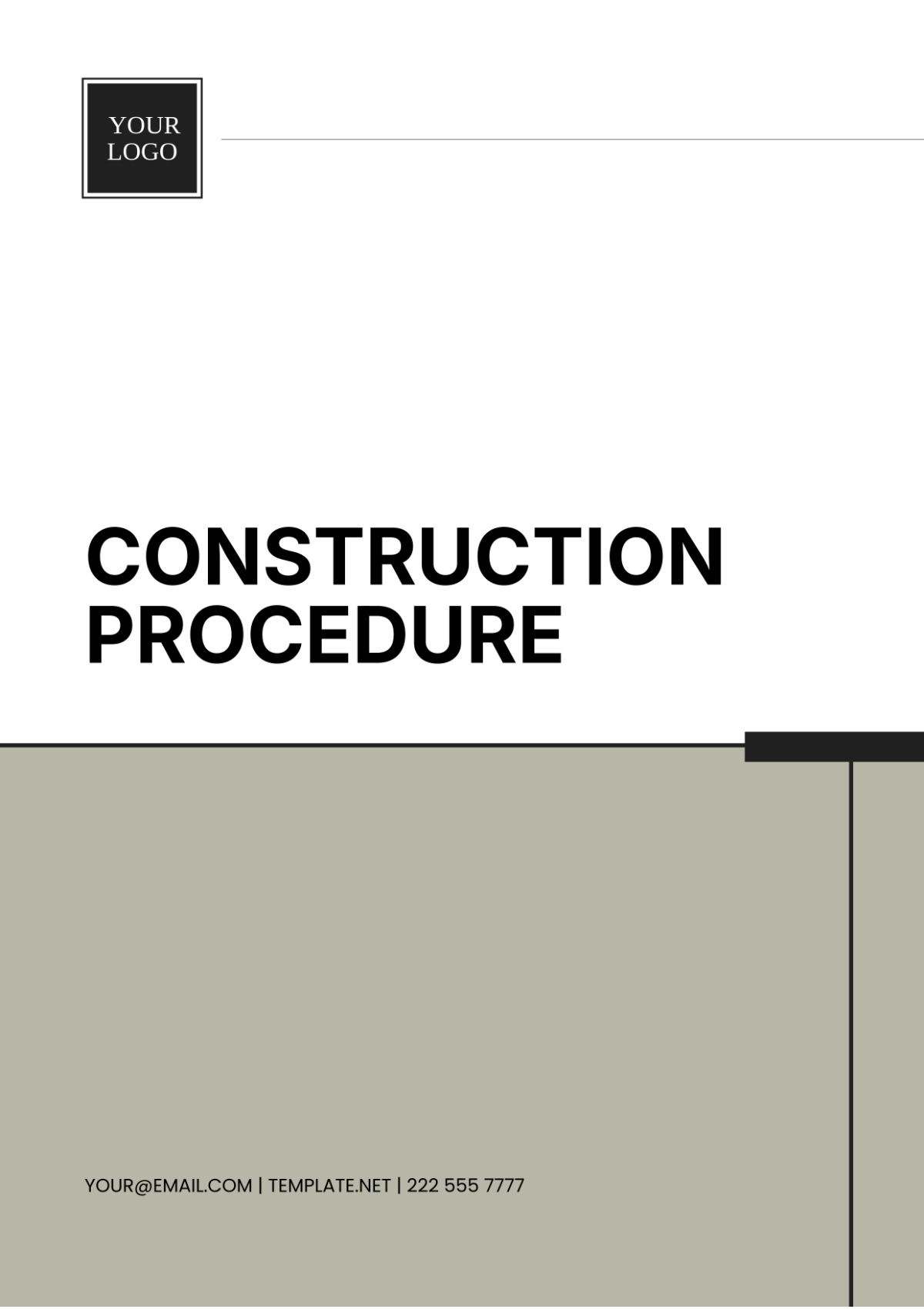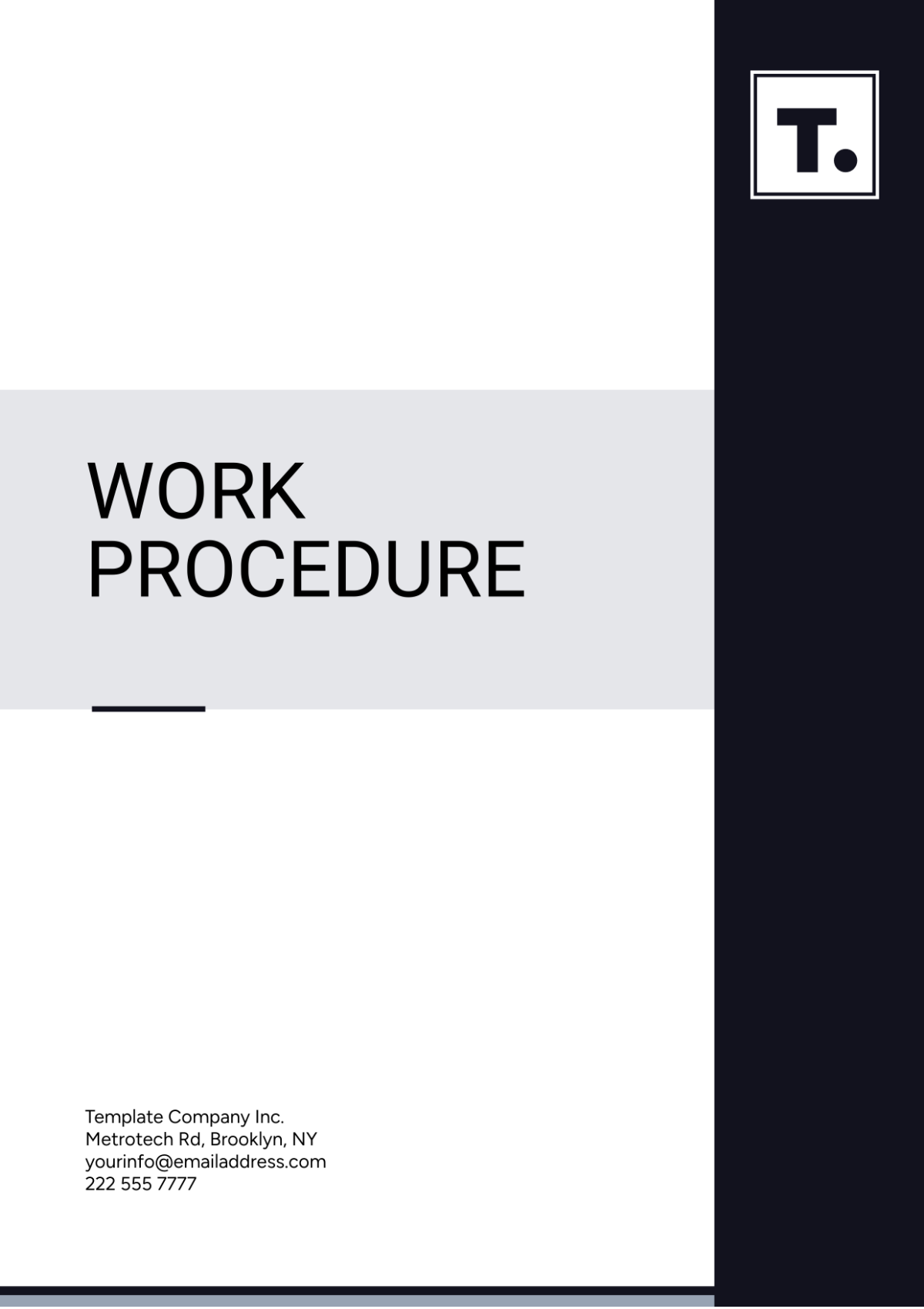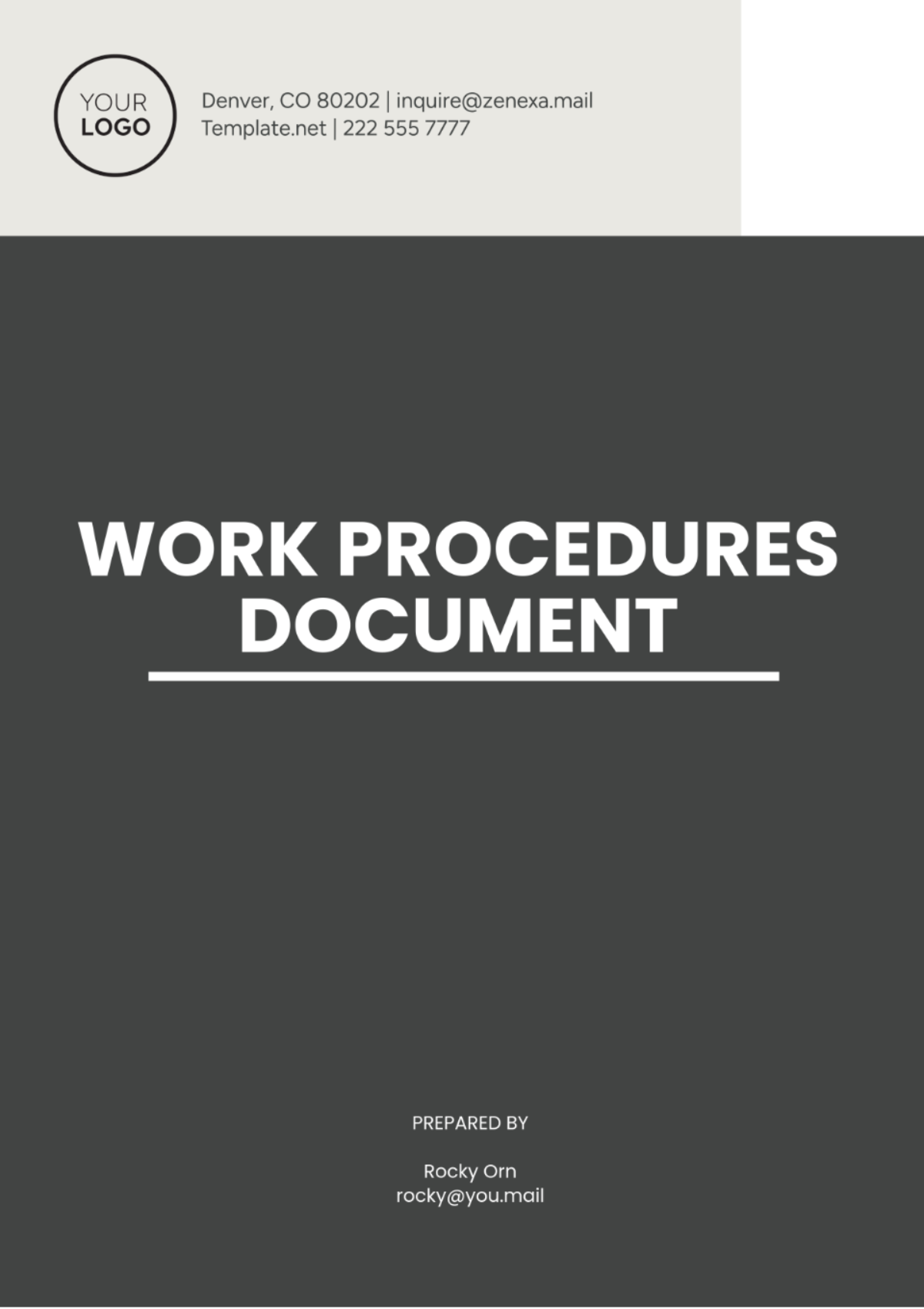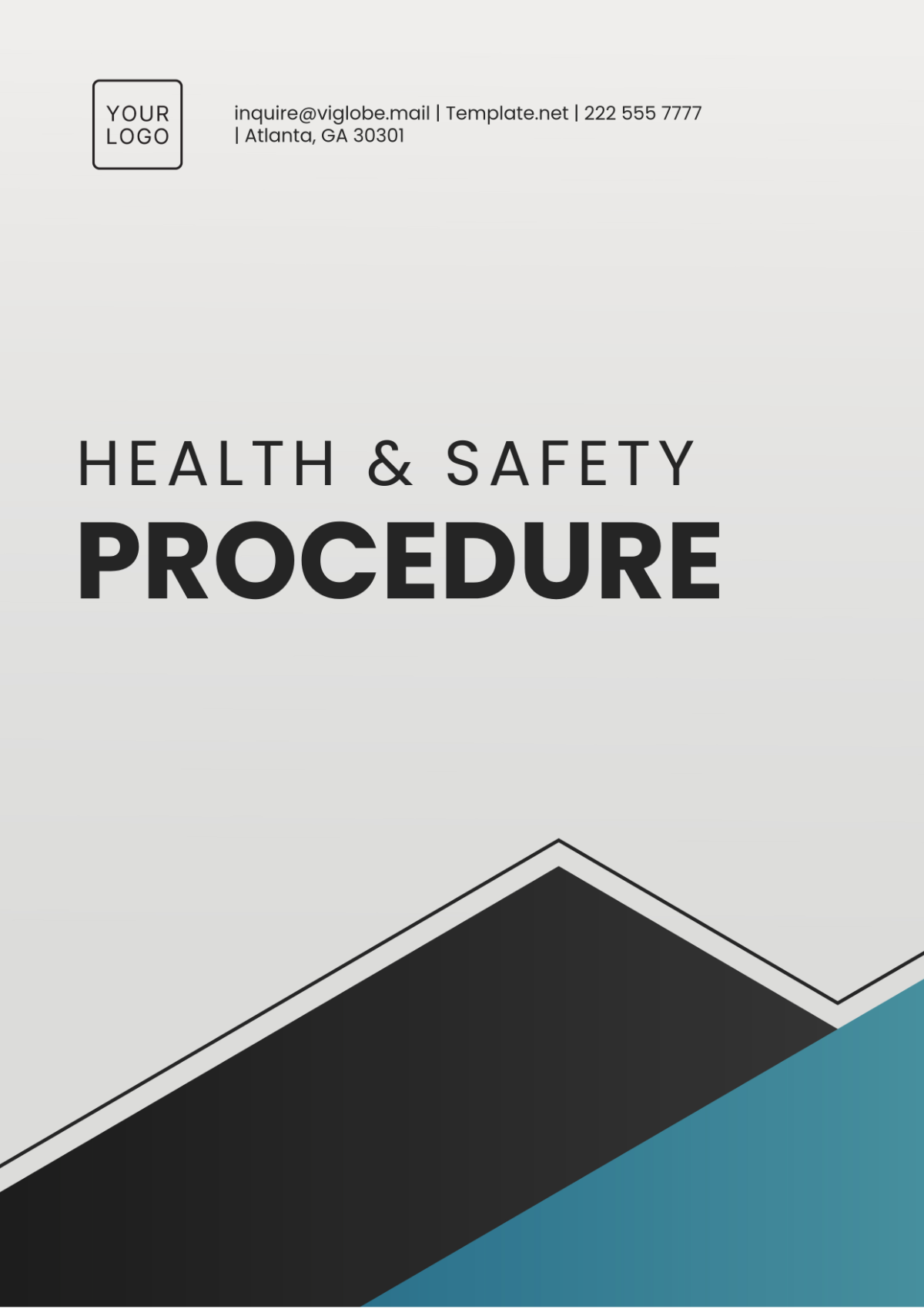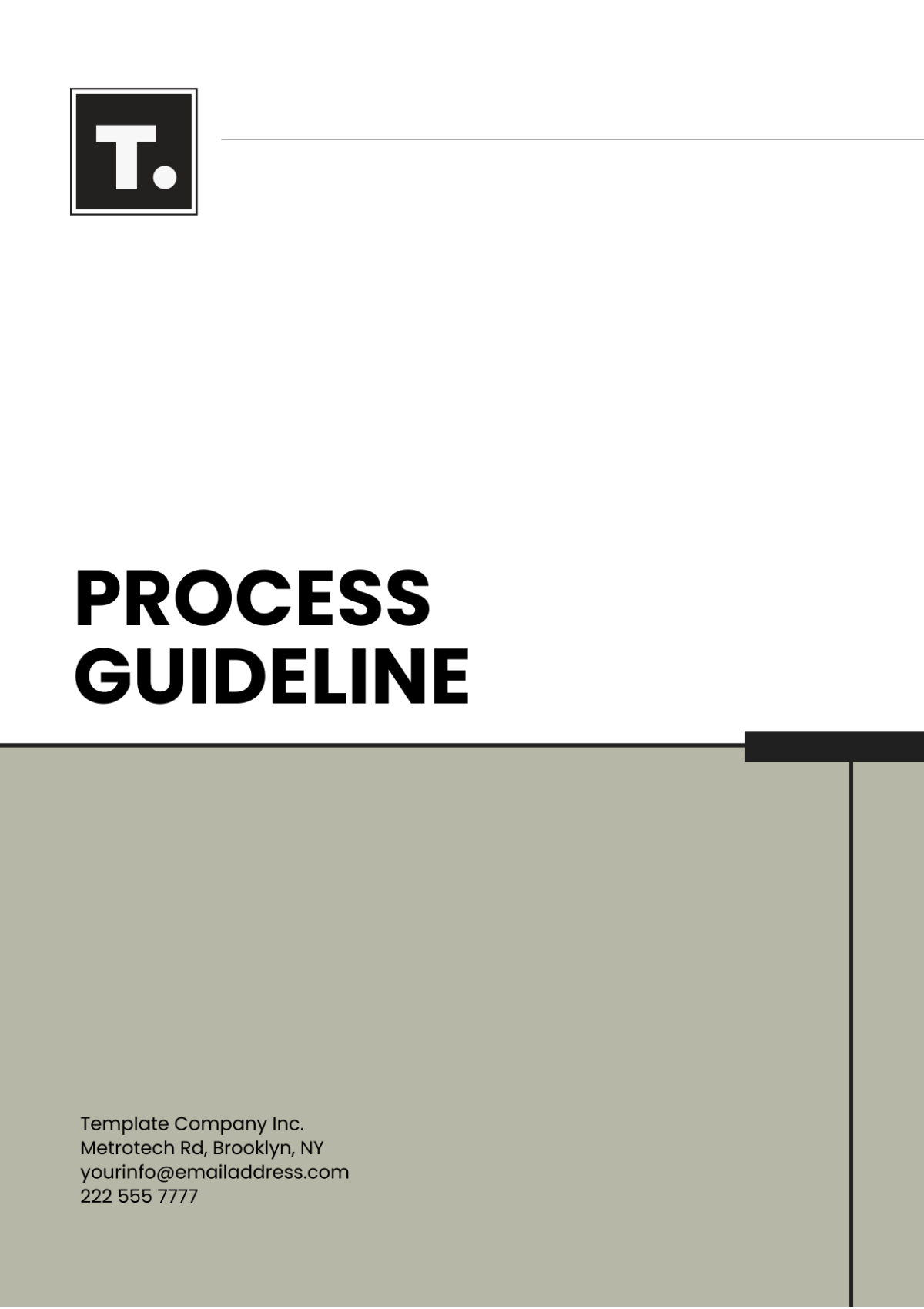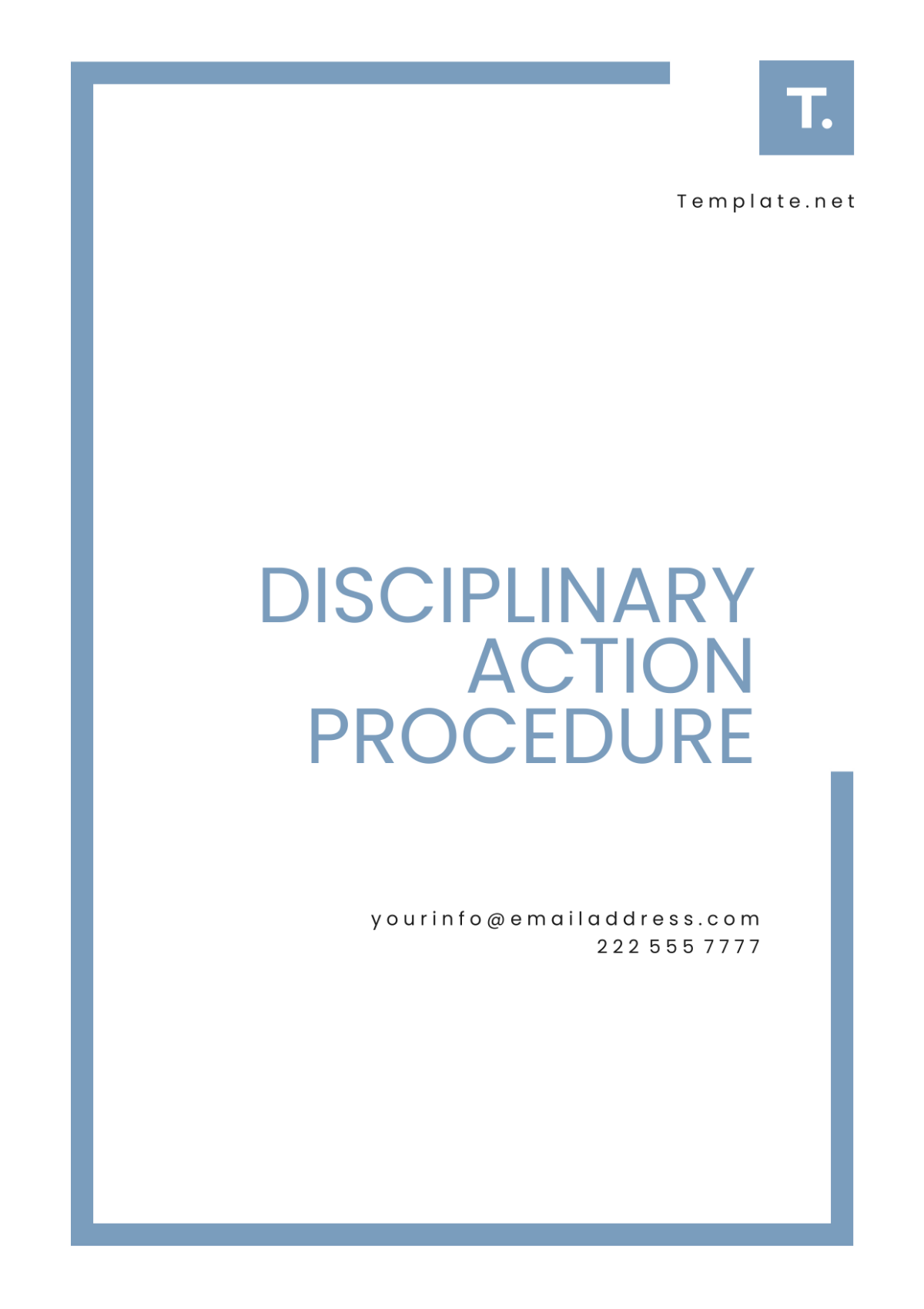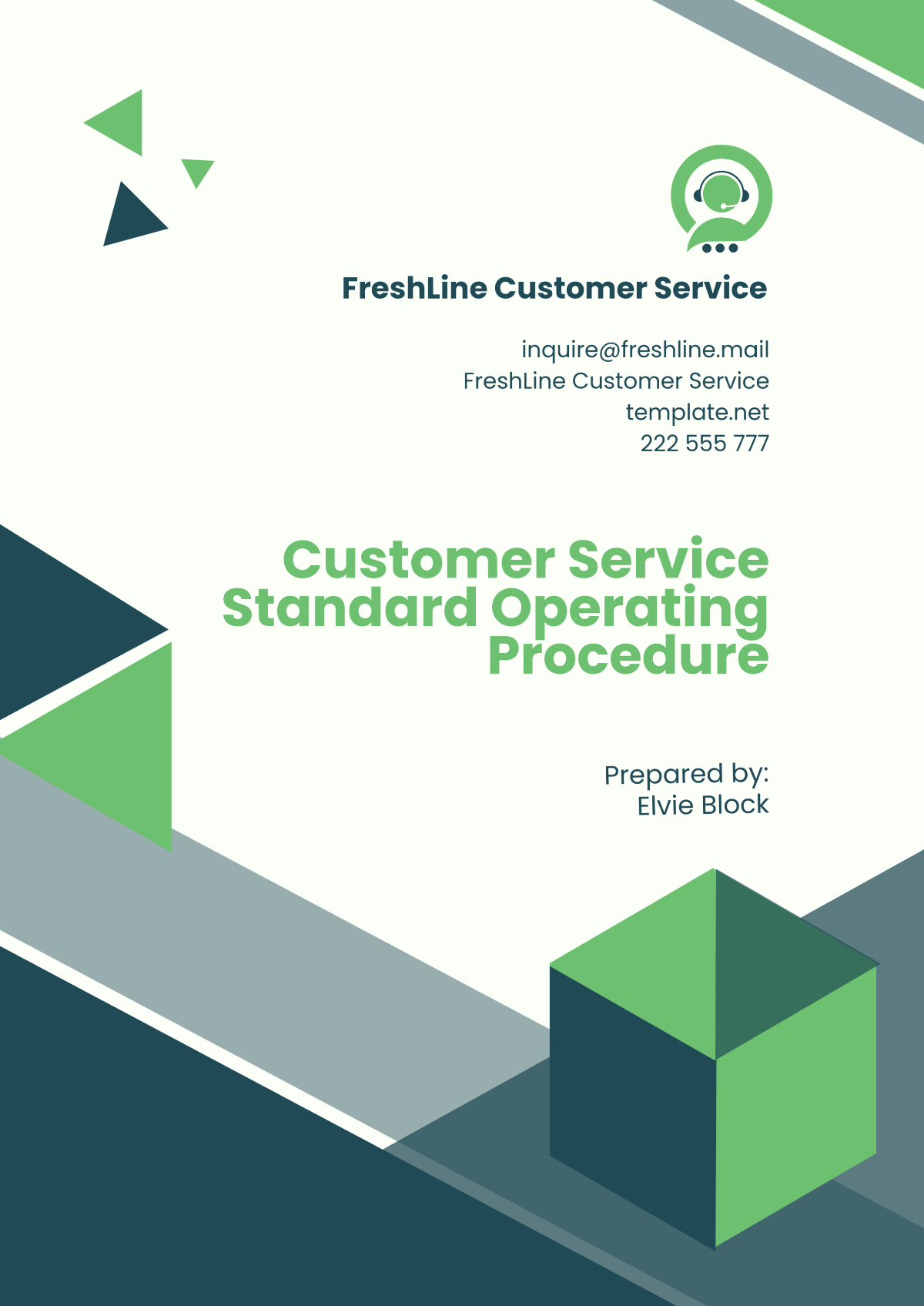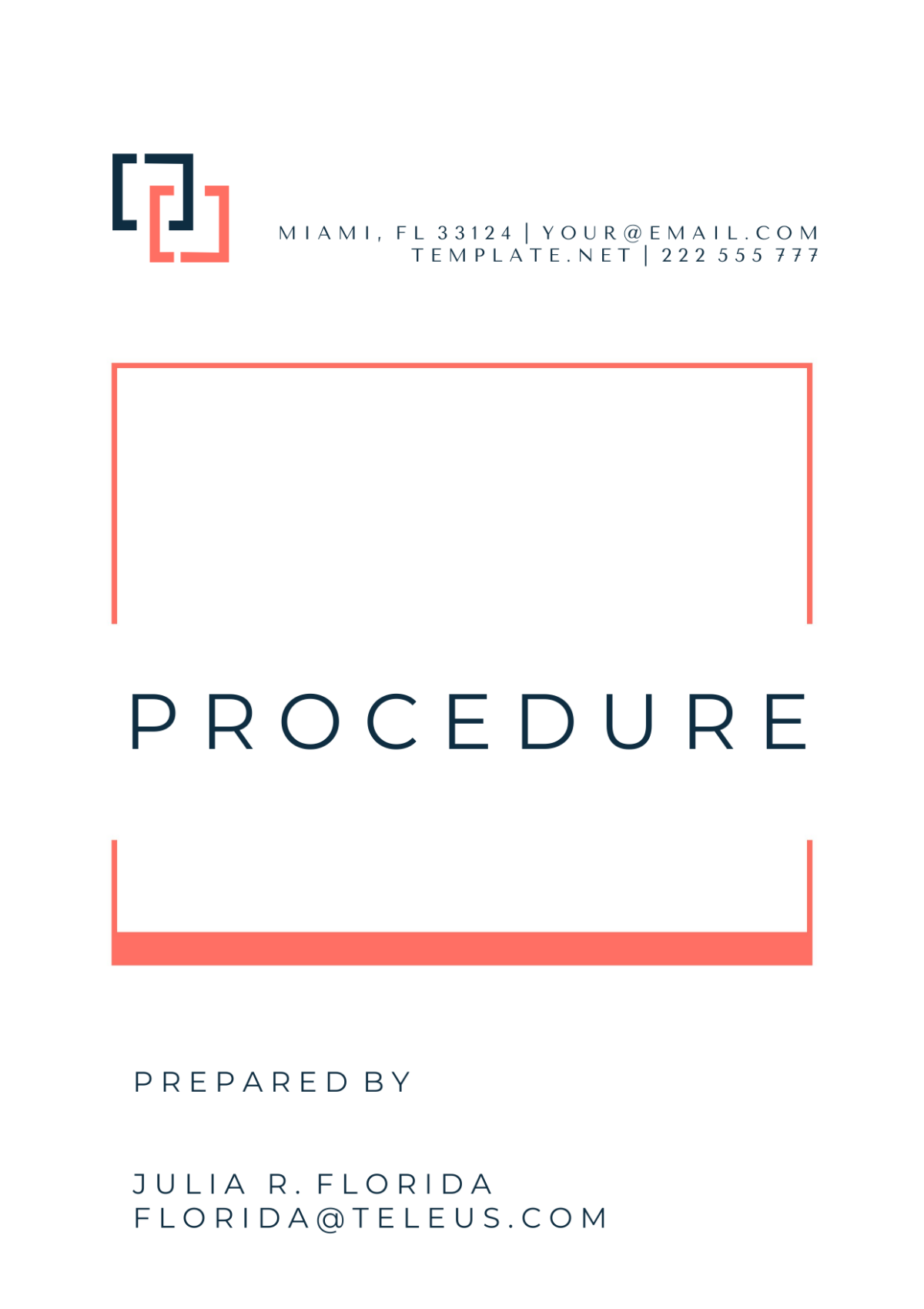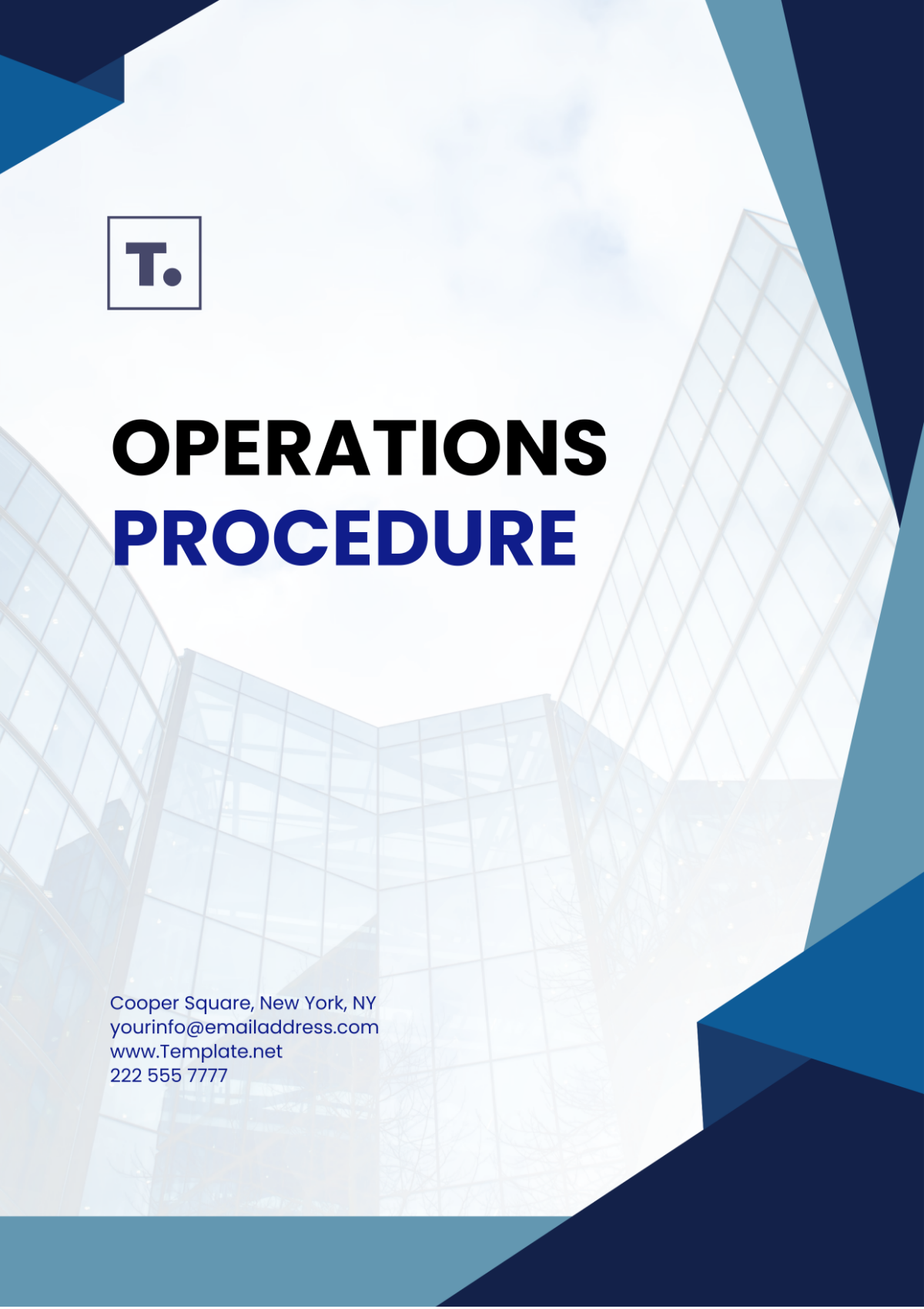Board Resolution Approval Procedure
Introduction:
This Board Resolution Approval Procedure Template outlines the process for approving resolutions during board meetings within [YOUR COMPANY NAME]. It provides guidelines for submitting, reviewing, and voting on resolutions to ensure compliance with legal requirements and alignment with the organization's strategic objectives.
Scope:
This procedure applies to all board members, executives, and relevant stakeholders involved in proposing, discussing, and approving resolutions during board meetings within [YOUR COMPANY NAME]. It encompasses the submission, review, discussion, voting, and documentation of board resolutions.
Purpose:
The purpose of this procedure is to establish a standardized process for the submission, review, and approval of board resolutions to facilitate informed decision-making, transparency, and accountability within the organization. By following this template, [YOUR COMPANY NAME] can ensure that board resolutions are effectively deliberated upon and implemented in accordance with governance principles.
I. Submission of Resolutions
Proposal Submission: Any board member or authorized individual may propose a resolution for consideration during a board meeting.
Submit the proposed resolution to the board secretary or designated individual within the specified timeframe prior to the scheduled meeting.
Documentation Requirements: Ensure that the proposed resolution is accompanied by relevant documentation, rationale, and supporting information to facilitate informed discussion and decision-making.
Include background information, objectives, implications, and any necessary legal or financial considerations related to the proposed resolution.
II. Review and Preparation
Board Packet Preparation: The board secretary or designated individual compiles all proposed resolutions and supporting documents into a board packet for distribution to board members prior to the meeting.
Organize the board packet in a clear and structured format, ensuring easy access to relevant information for board members' review.
Pre-Meeting Review: Board members review the board packet, including proposed resolutions and supporting materials, in preparation for the upcoming board meeting.
Conduct individual review and analysis of each proposed resolution to understand its purpose, implications, and alignment with organizational goals.
III. Discussion and Deliberation
Presentation of Resolutions: During the board meeting, the chairperson or designated individual presents each proposed resolution for discussion and deliberation.
Provide an overview of the resolution, highlighting key points, considerations, and potential impacts on the organization.
Open Discussion: Board members engage in open discussion and debate on each proposed resolution, sharing insights, perspectives, and concerns.
Encourage active participation from all board members to ensure diverse viewpoints are considered in the decision-making process.
IV. Voting and Approval
Voting Process: Following discussion, the board conducts a formal vote on each proposed resolution to determine whether it will be approved, rejected, or deferred for further review.
Conduct the vote according to the organization's bylaws or established voting procedures, ensuring transparency and fairness in the decision-making process.
Resolution Adoption: If a resolution receives the required majority vote, it is adopted and becomes an official decision of the board.
Document the outcome of the vote and any additional instructions or actions required for implementing the approved resolution.
V. Implementation and Follow-Up
Assign Responsibilities: Designate responsible individuals or committees for implementing the approved resolutions and overseeing their execution.
Clearly communicate roles, responsibilities, and timelines to ensure timely and effective implementation of board decisions.
Monitoring and Progress Tracking: Establish mechanisms for monitoring the progress of resolution implementation and tracking key milestones or outcomes.
Regularly review progress reports, updates, and performance metrics to ensure alignment with the intended objectives of the resolutions.
VI. Documentation and Recordkeeping
Documentation Protocol: Maintain comprehensive documentation of all board resolutions, including meeting minutes, resolutions adopted, and associated correspondence.
Develop standardized templates or formats for documenting resolutions and related information to ensure consistency and clarity.
Record Retention: Establish record retention policies and procedures for storing and archiving board resolution documents in accordance with legal and regulatory requirements.
Ensure that resolution records are securely maintained and accessible for future reference or audit purposes as needed.
Additional Reminders and Tips:
Ensure that all resolutions comply with legal requirements, regulatory standards, and corporate governance principles.
Maintain accurate and comprehensive records of board resolutions, including meeting minutes, voting results, and associated documentation.
Foster a culture of collaboration, respect, and constructive dialogue among board members to facilitate effective decision-making and governance.
Prepared by | Company Name | Department | Date |
|---|---|---|---|
[YOUR NAME] | [YOUR COMPANY NAME] | [YOUR DEPARTMENT] | [DATE] |
